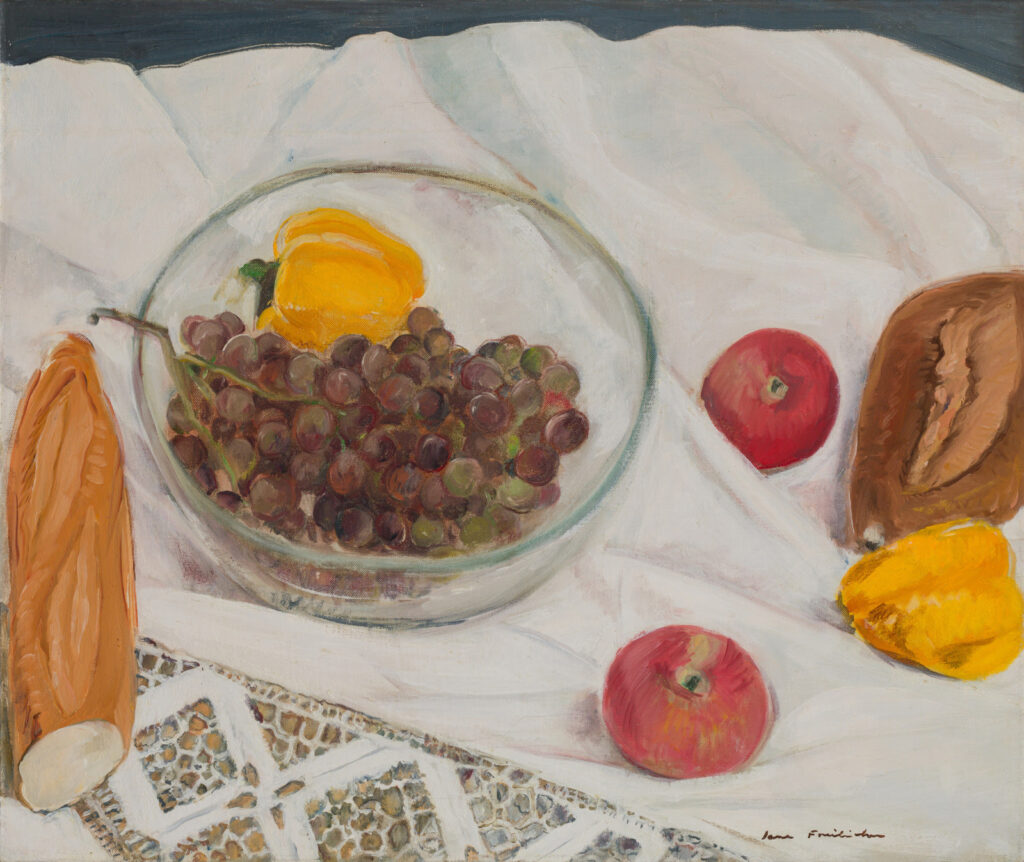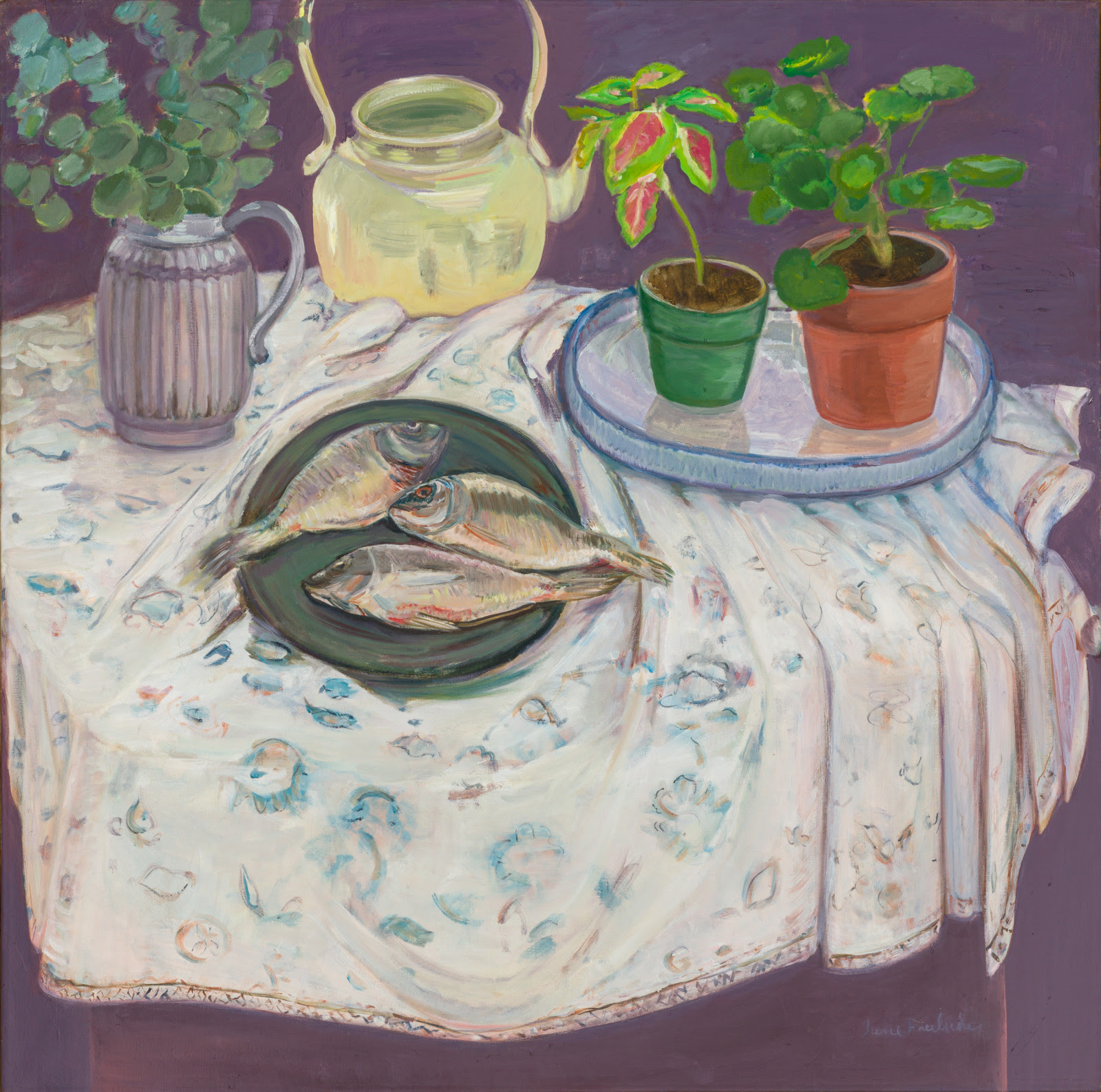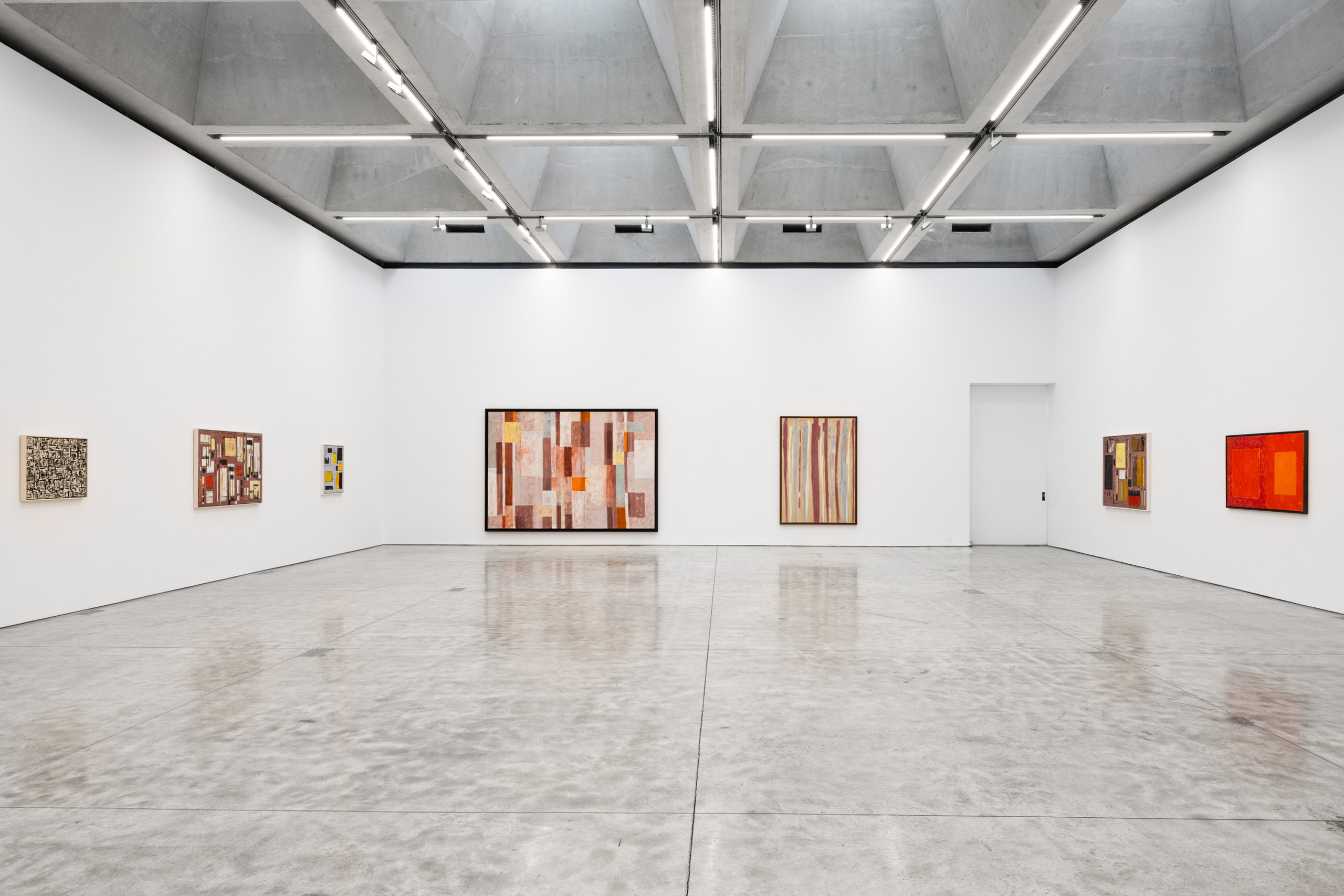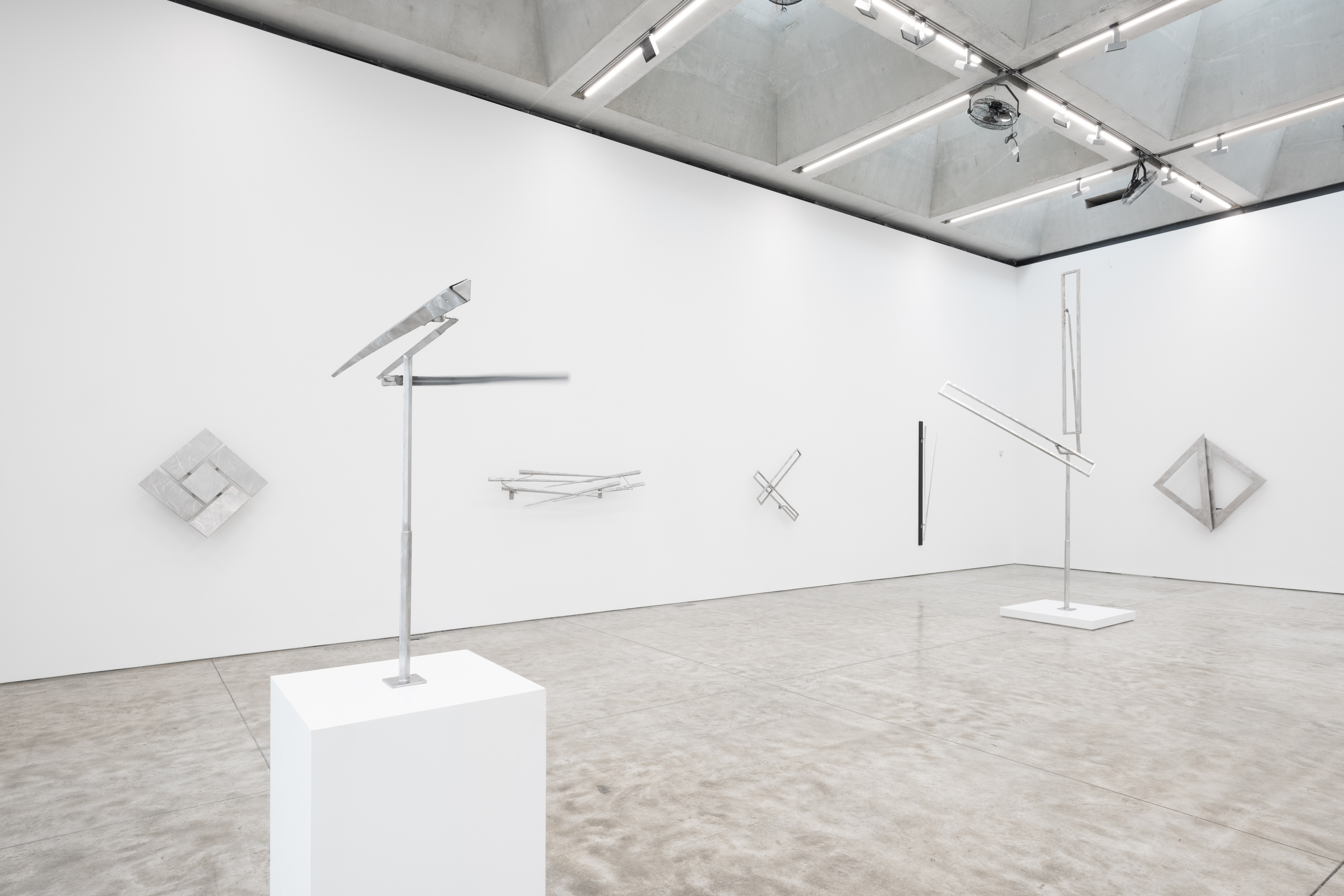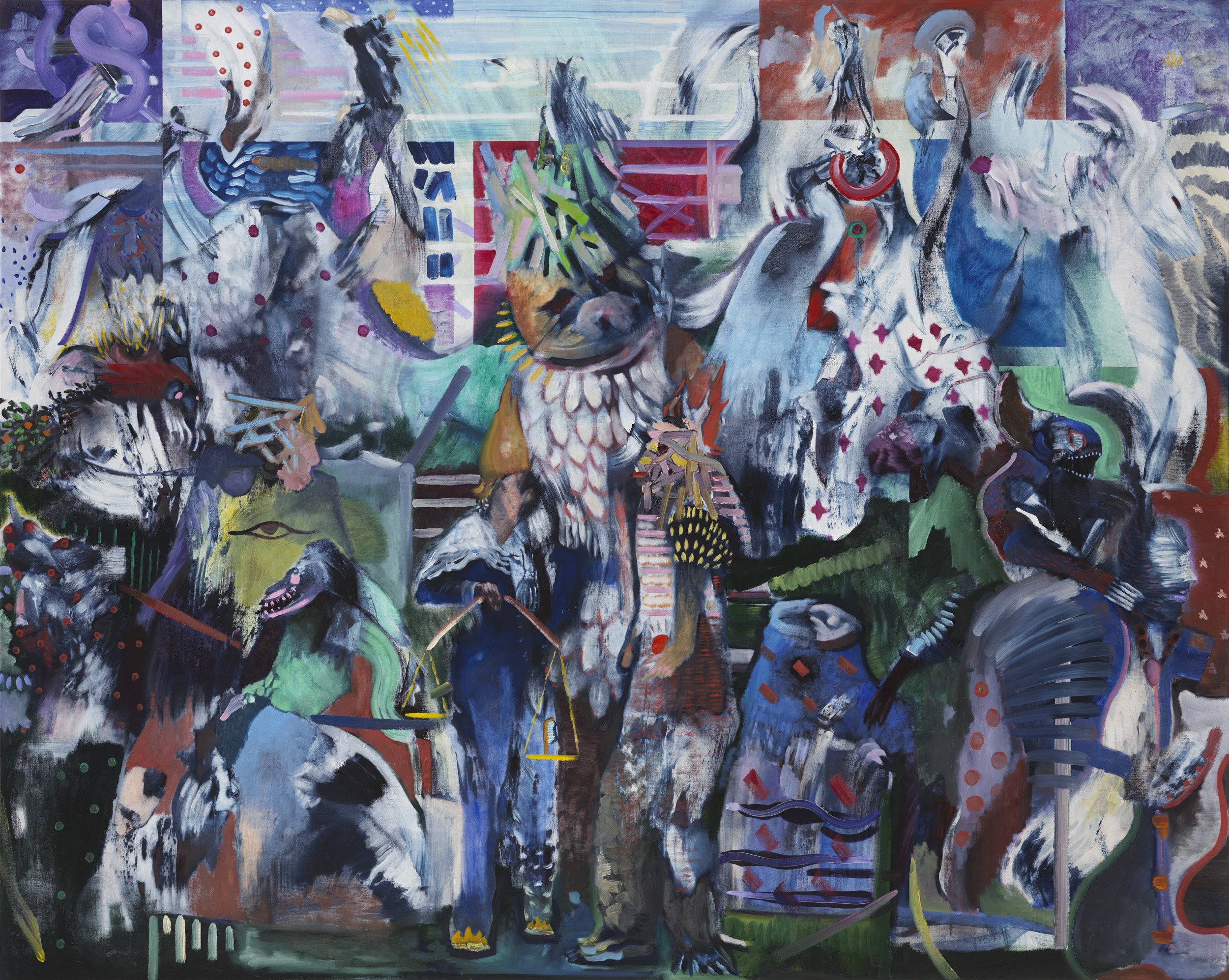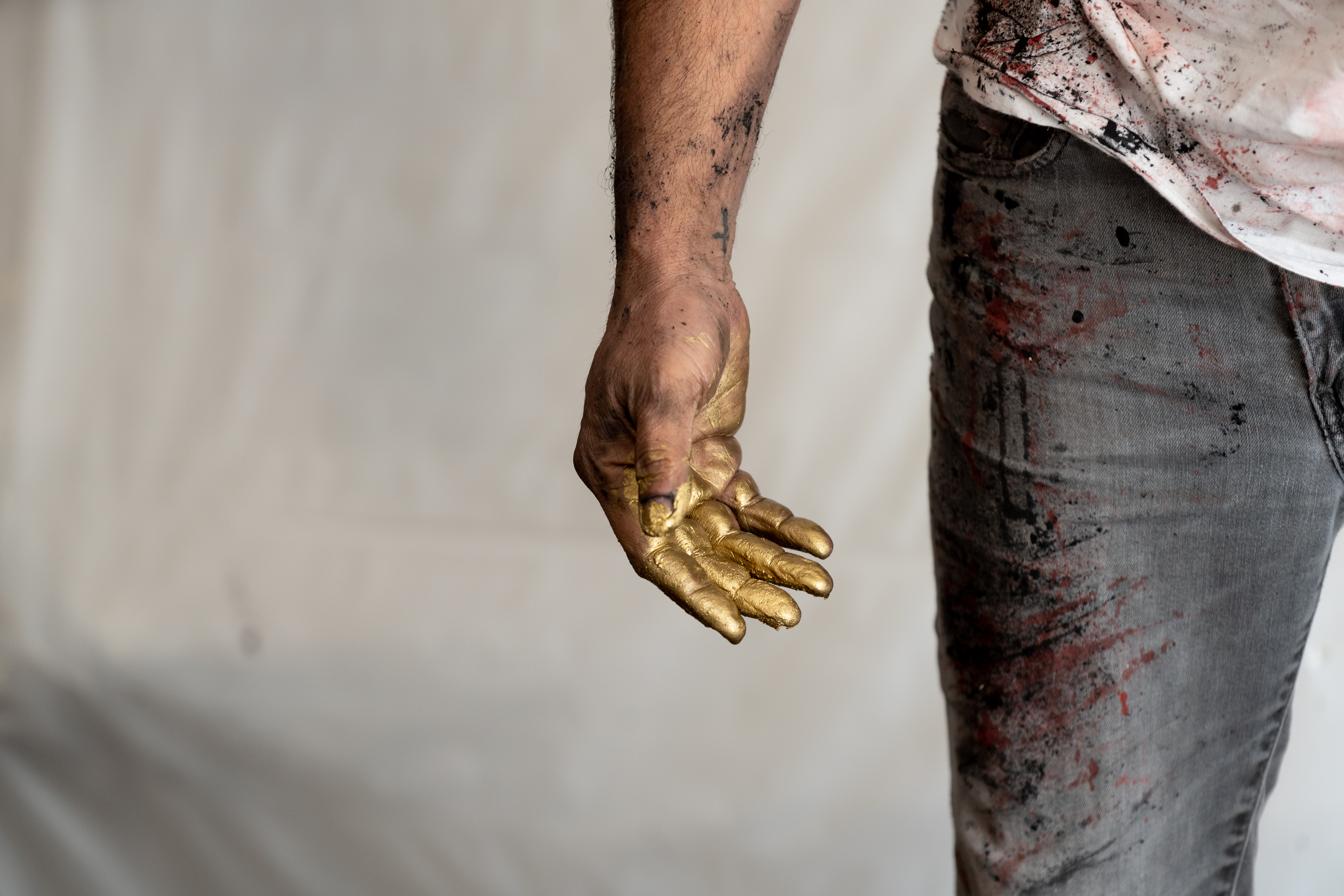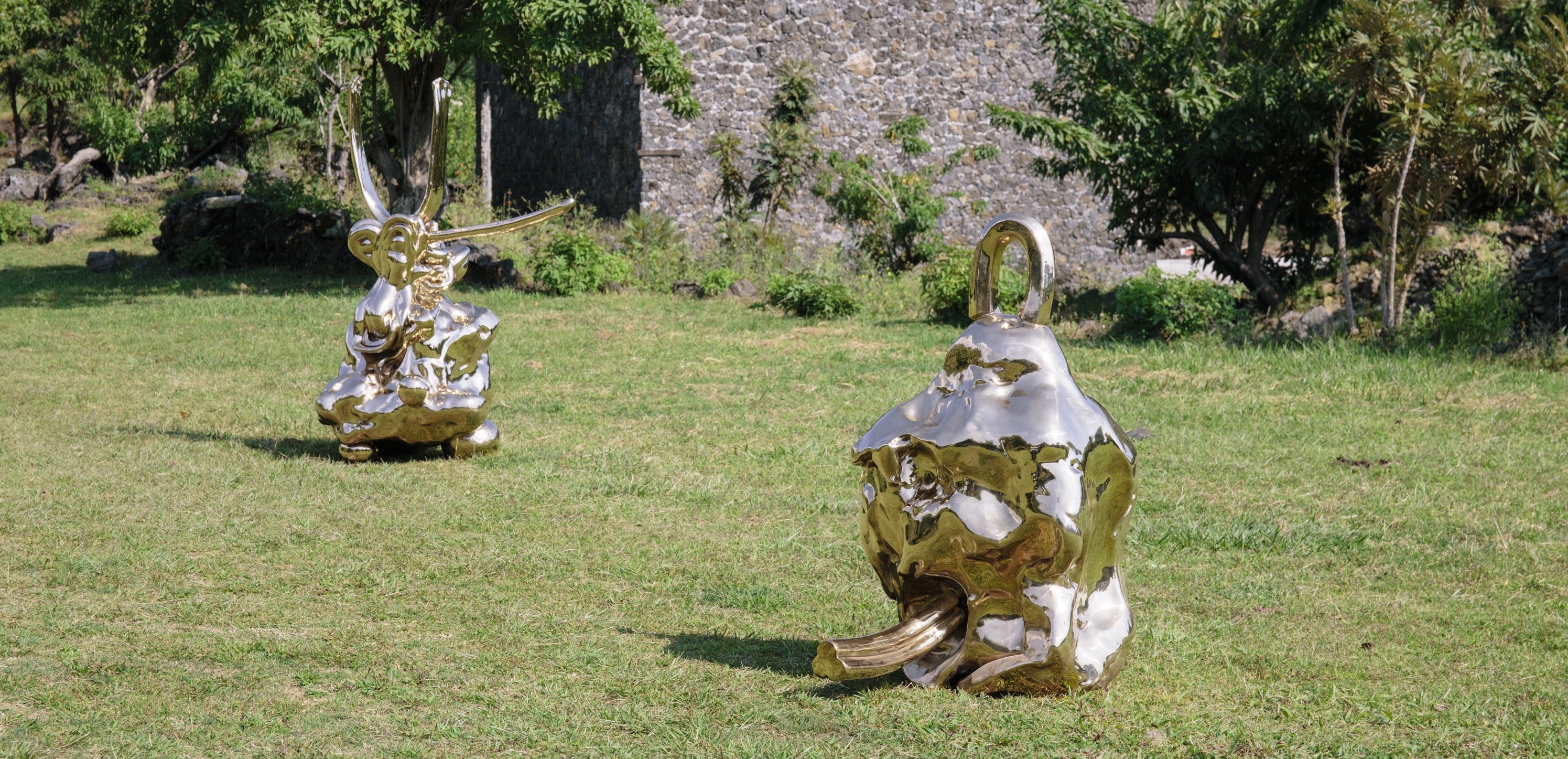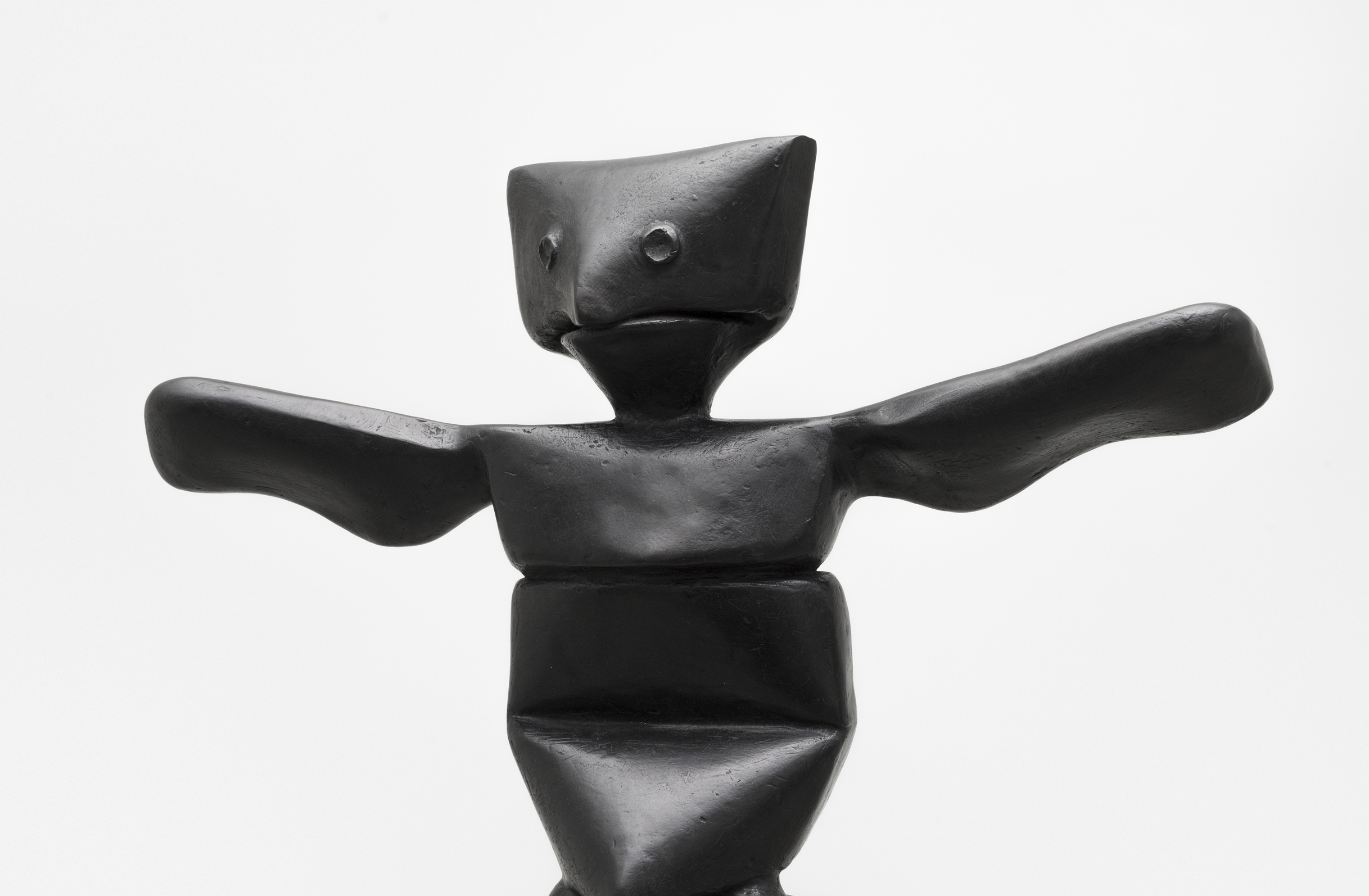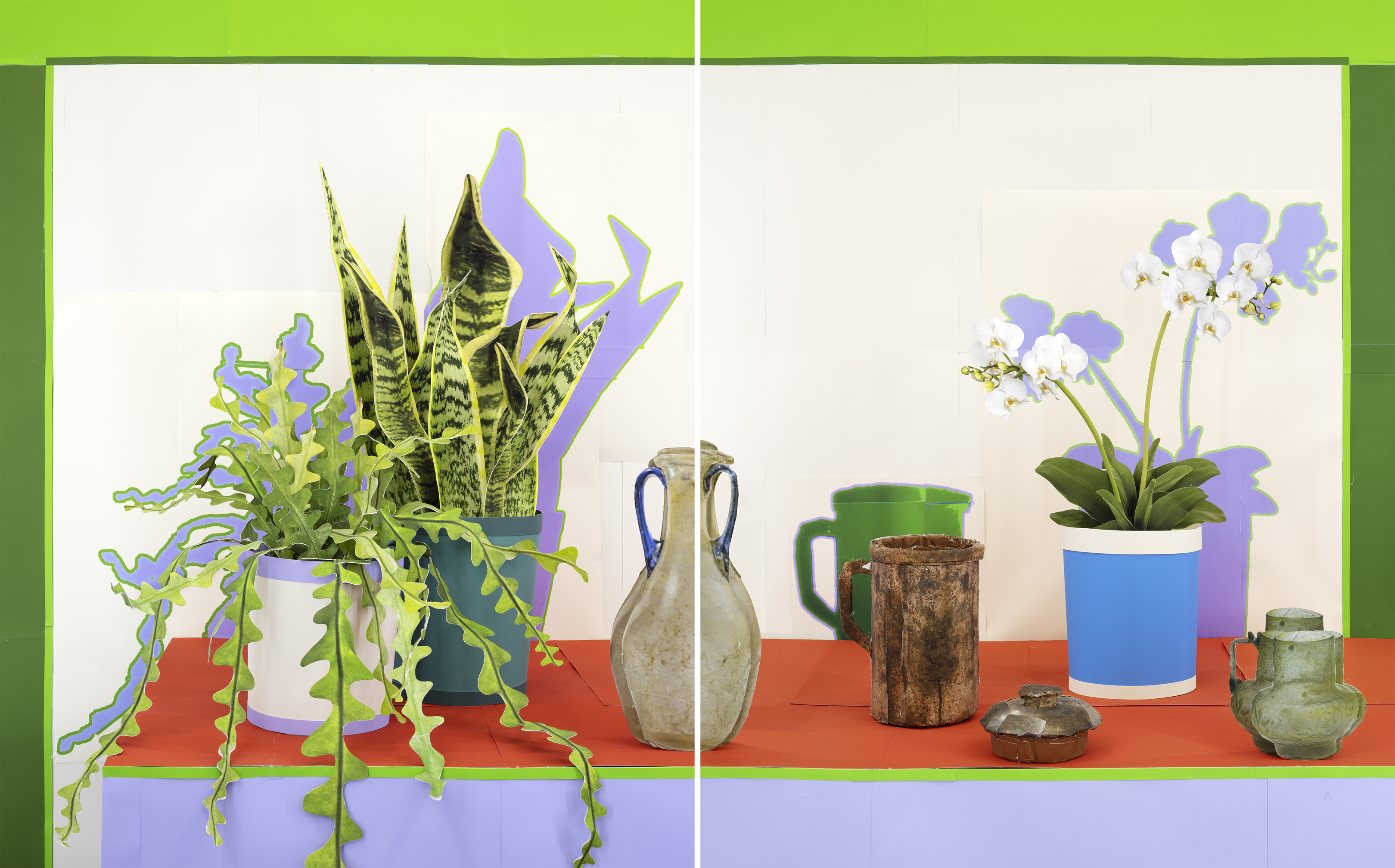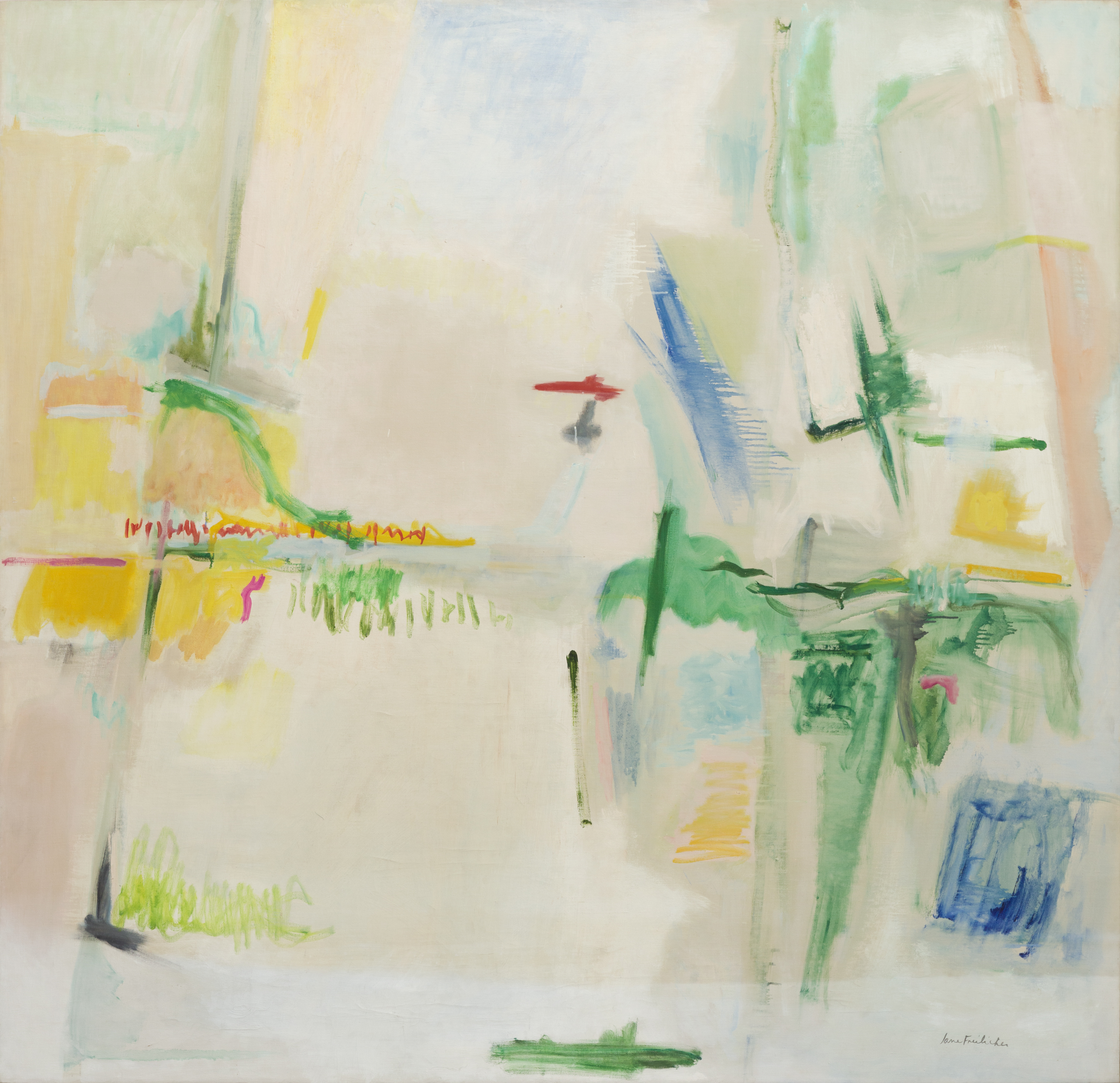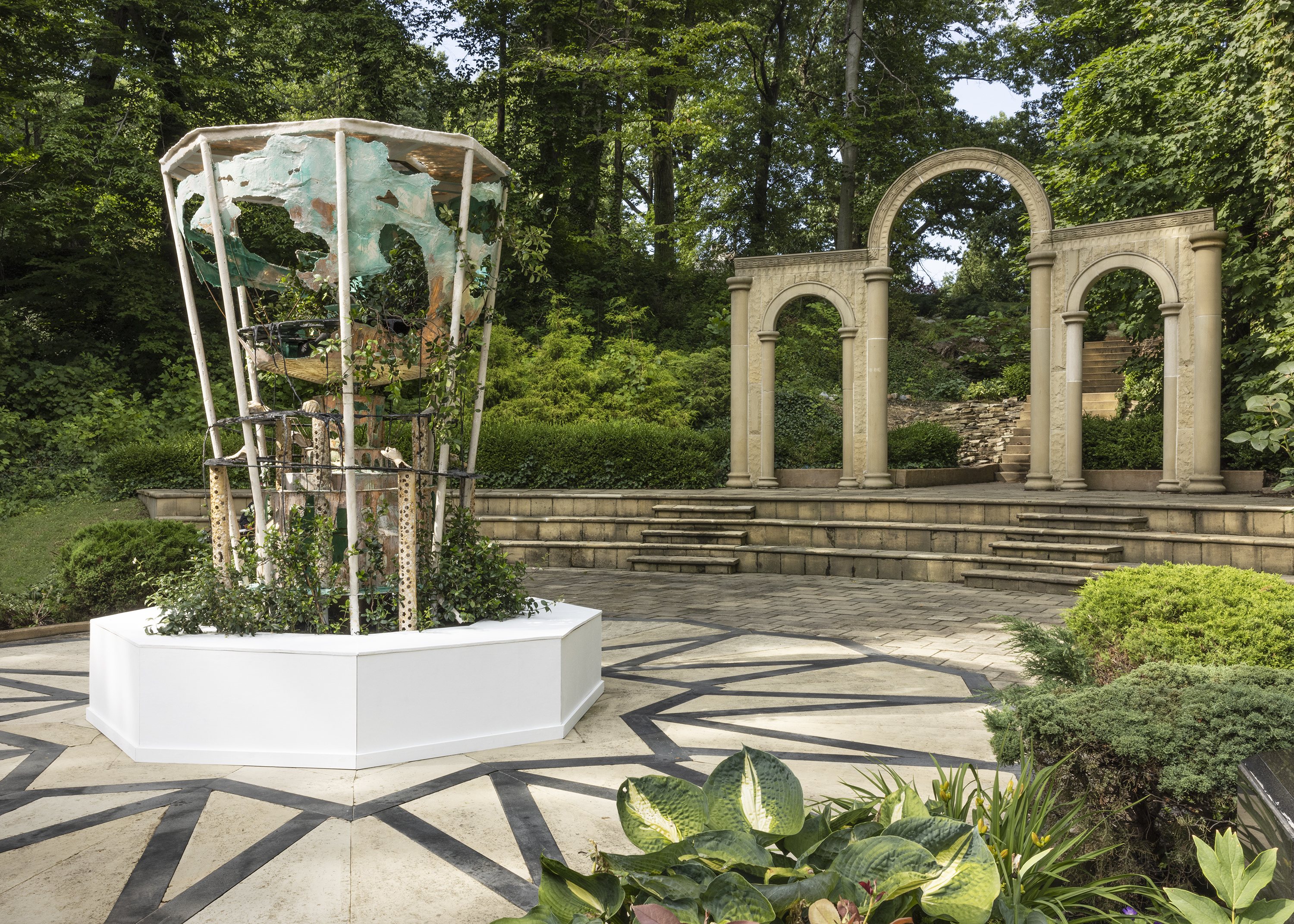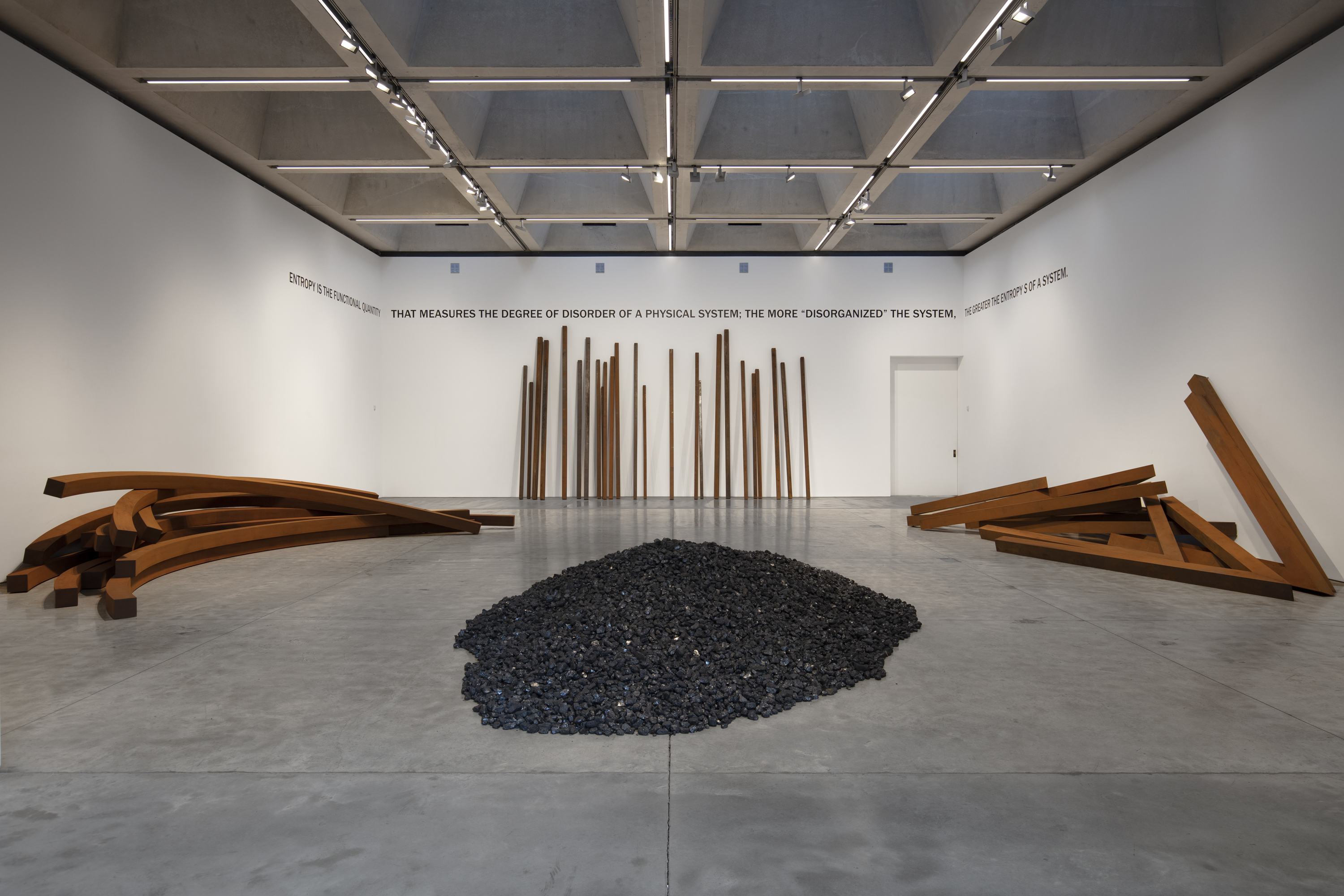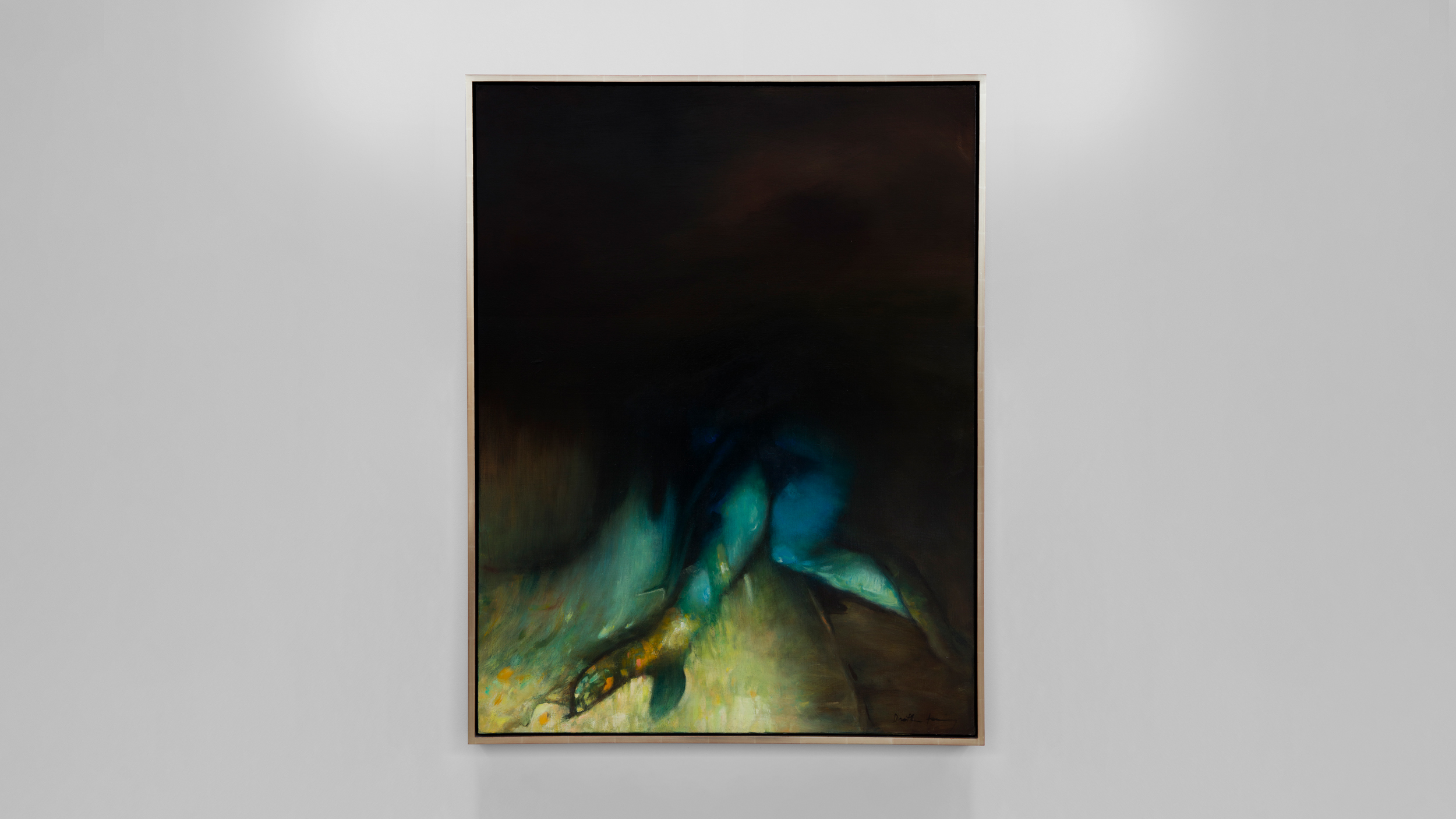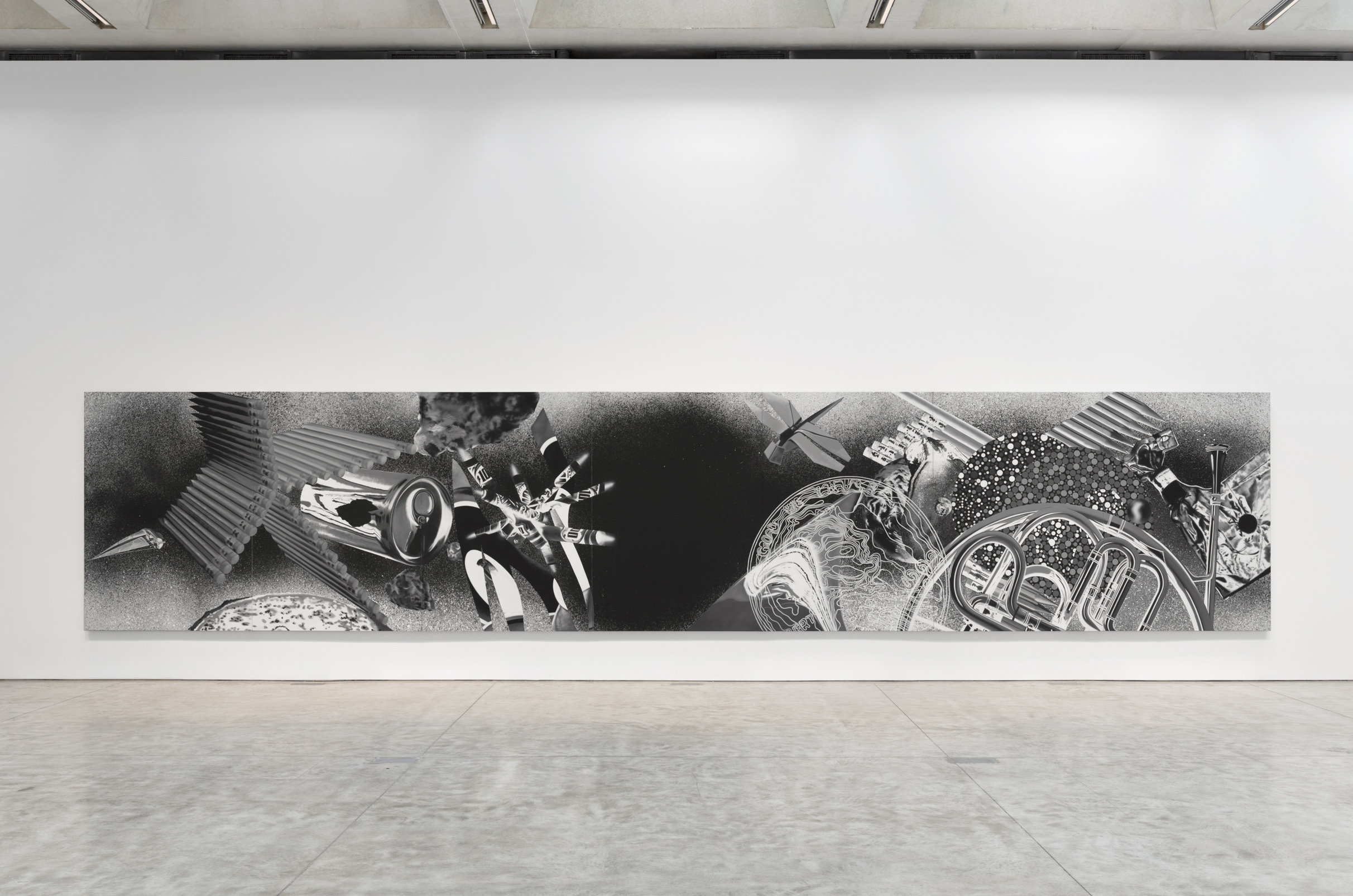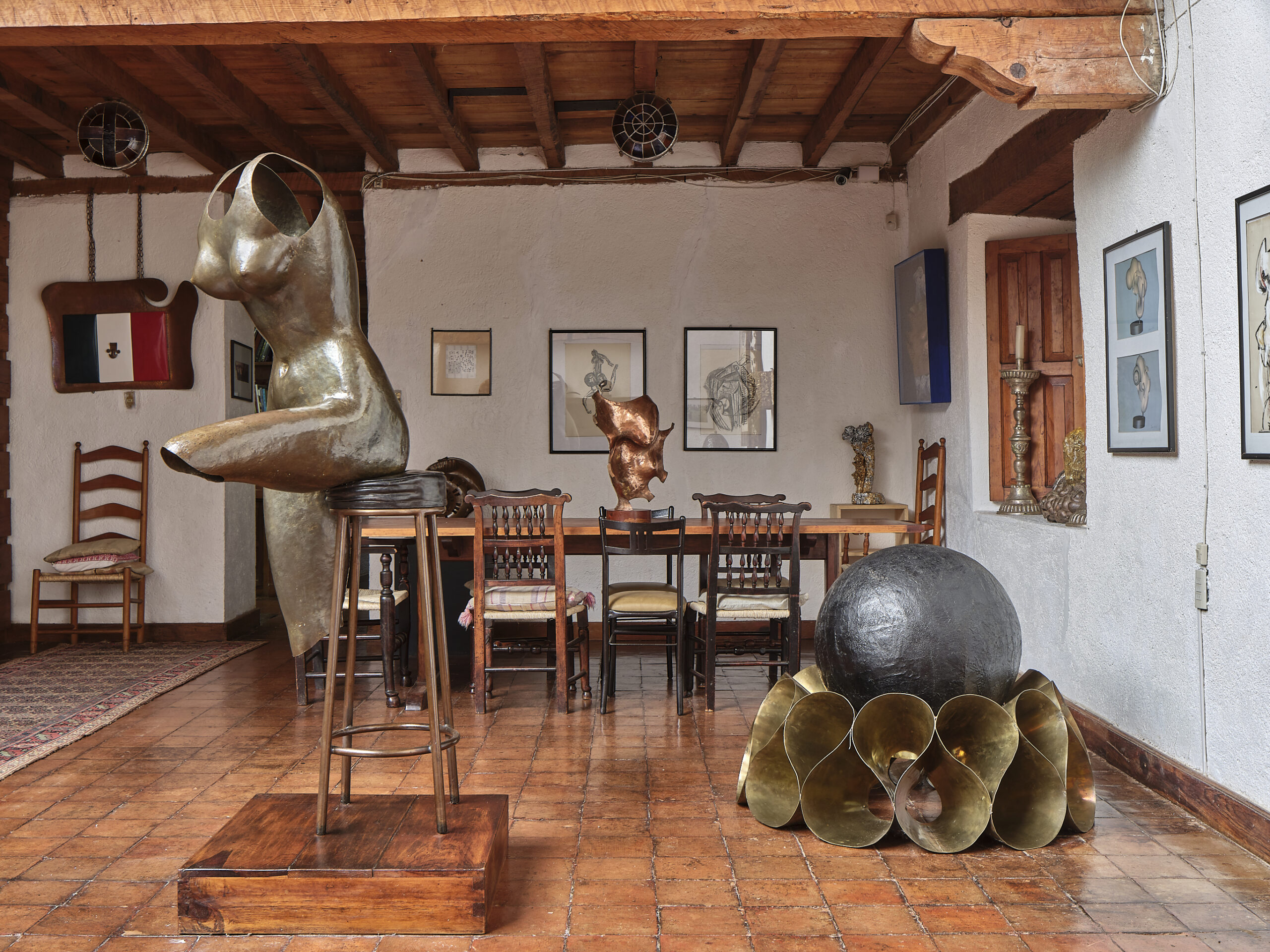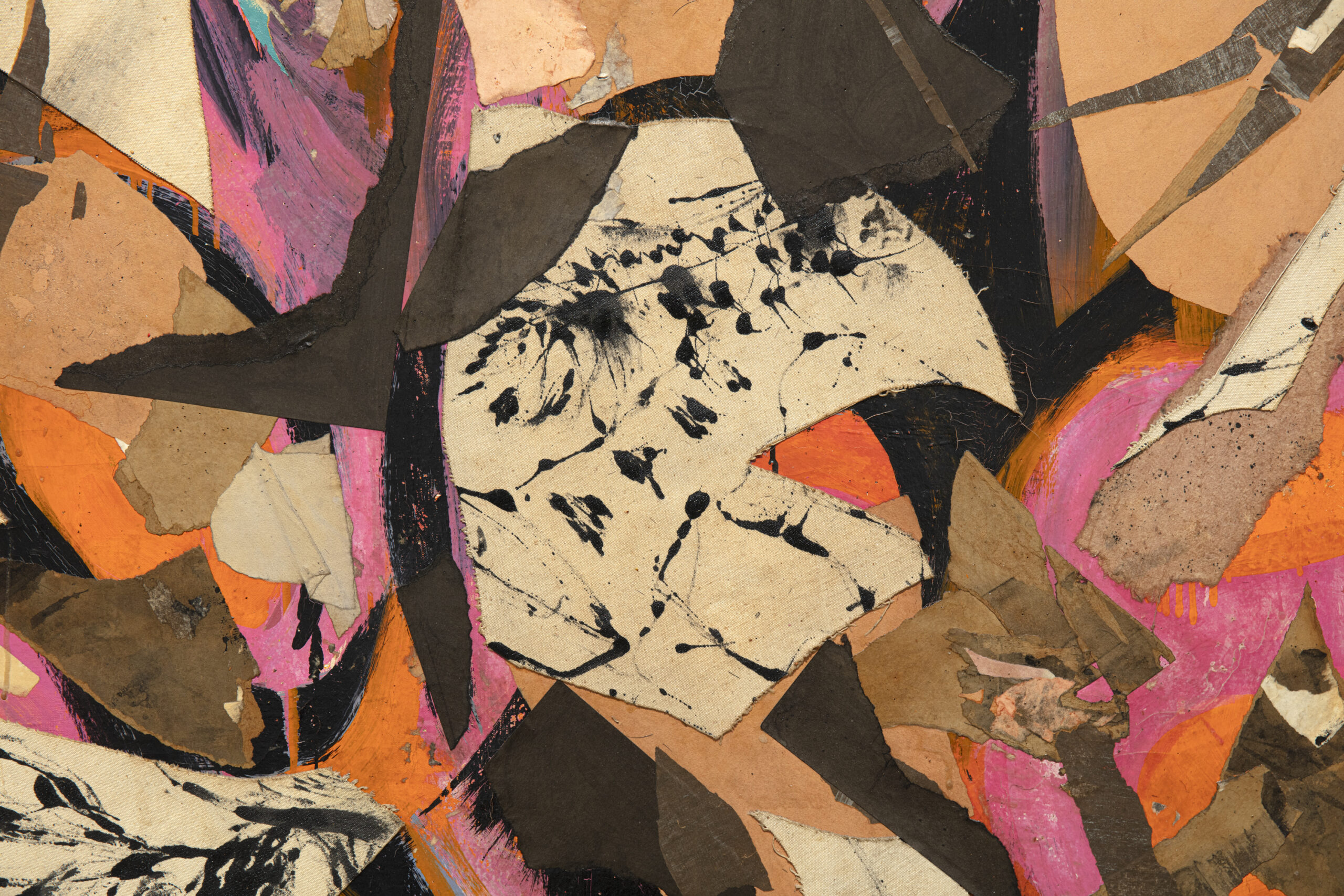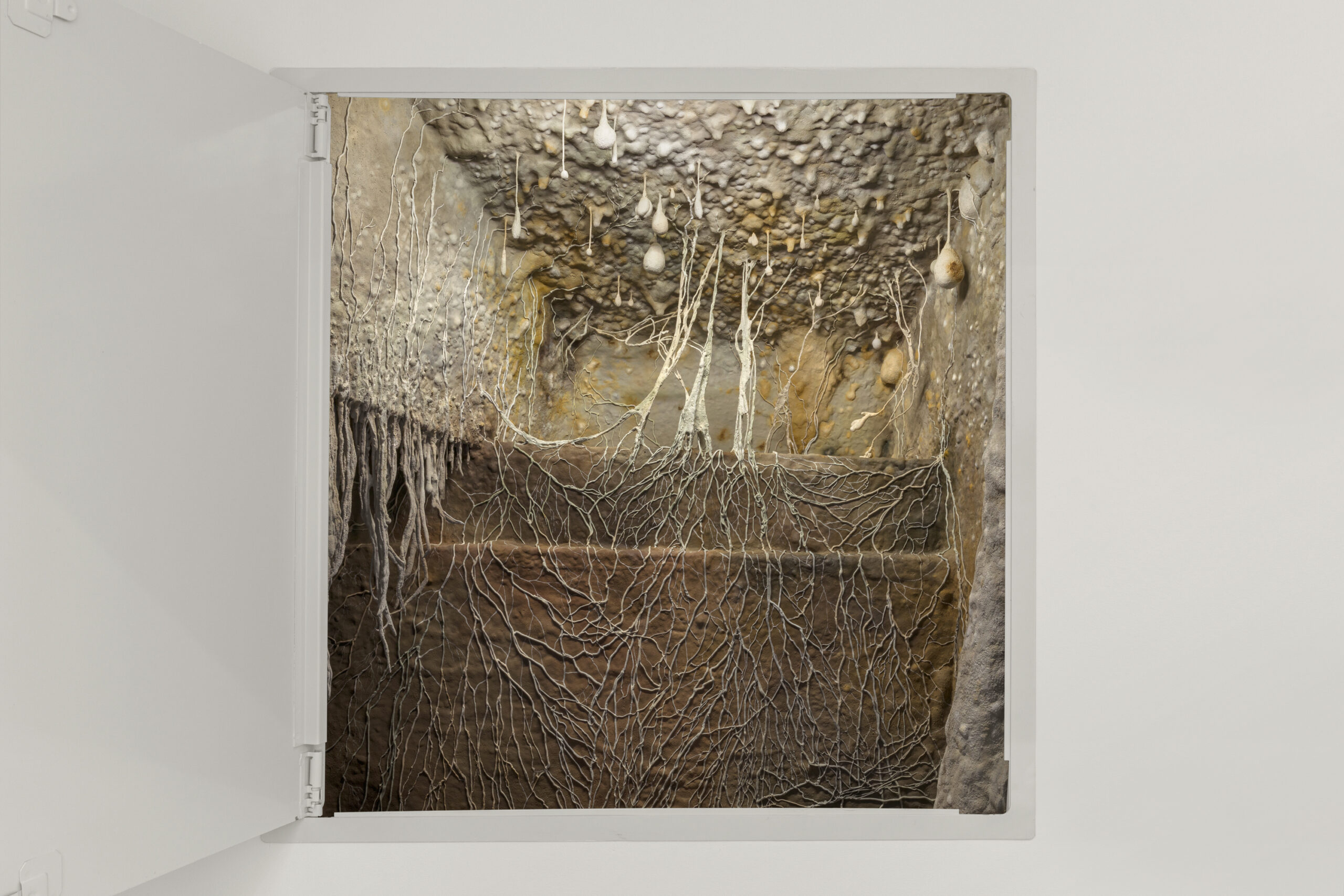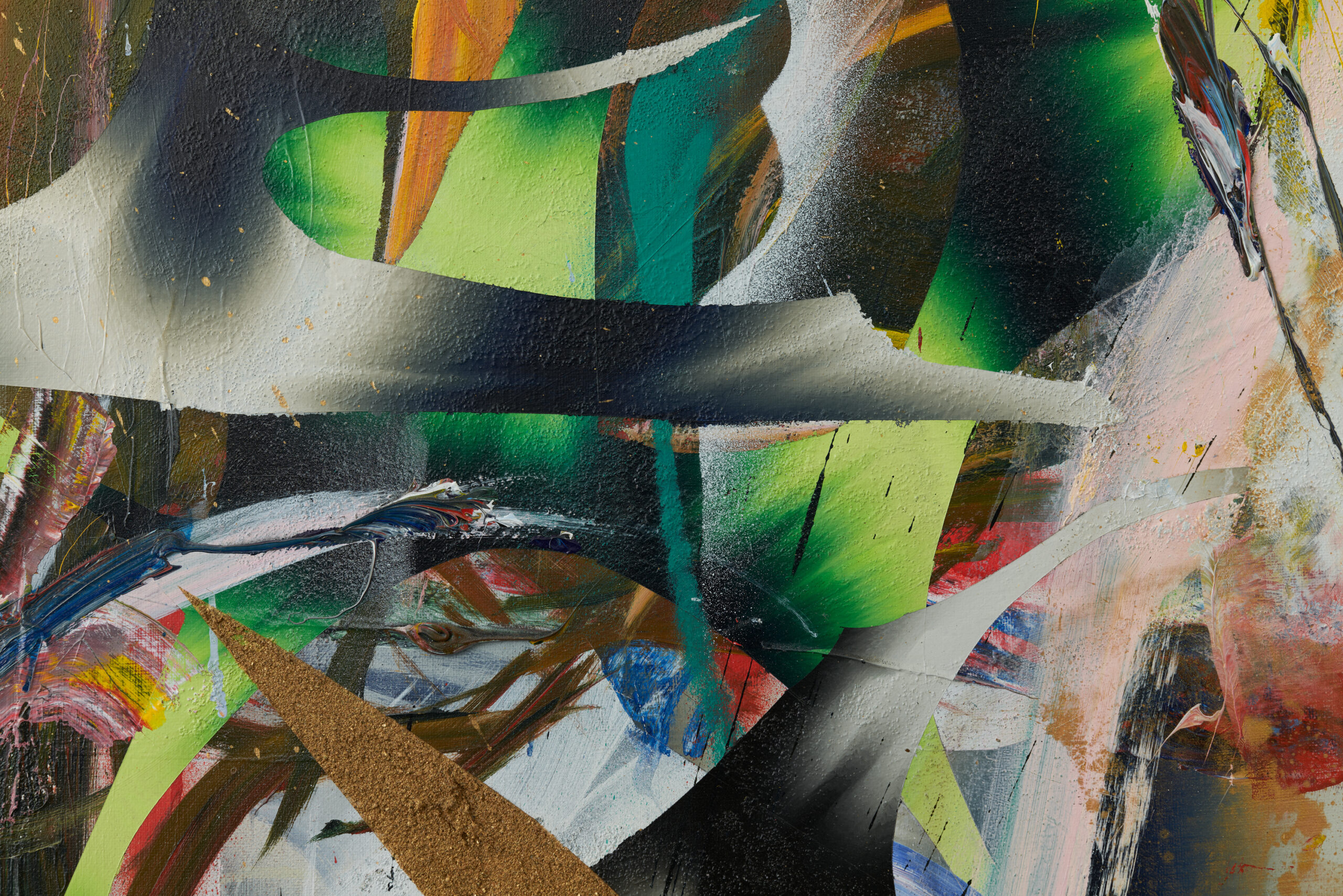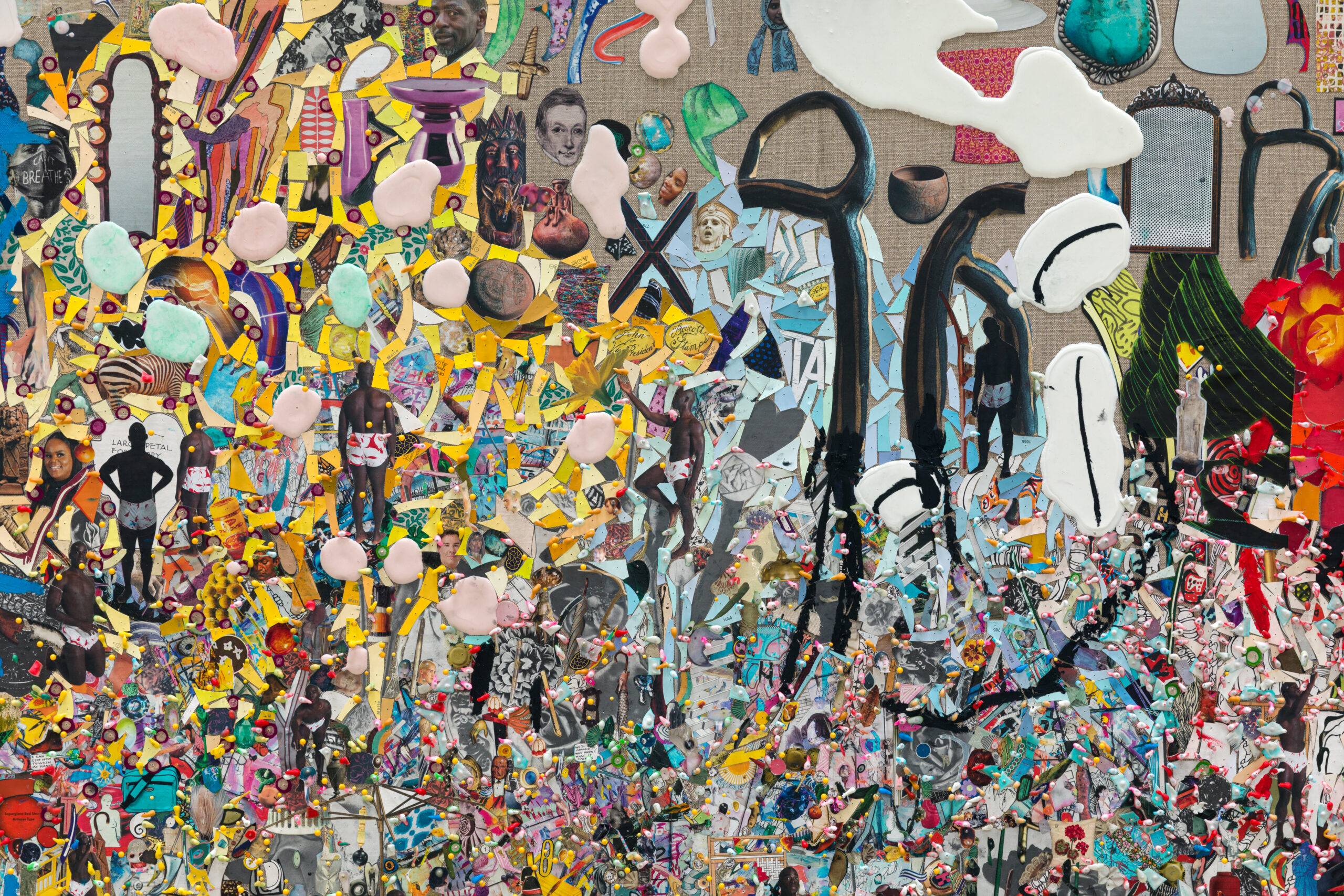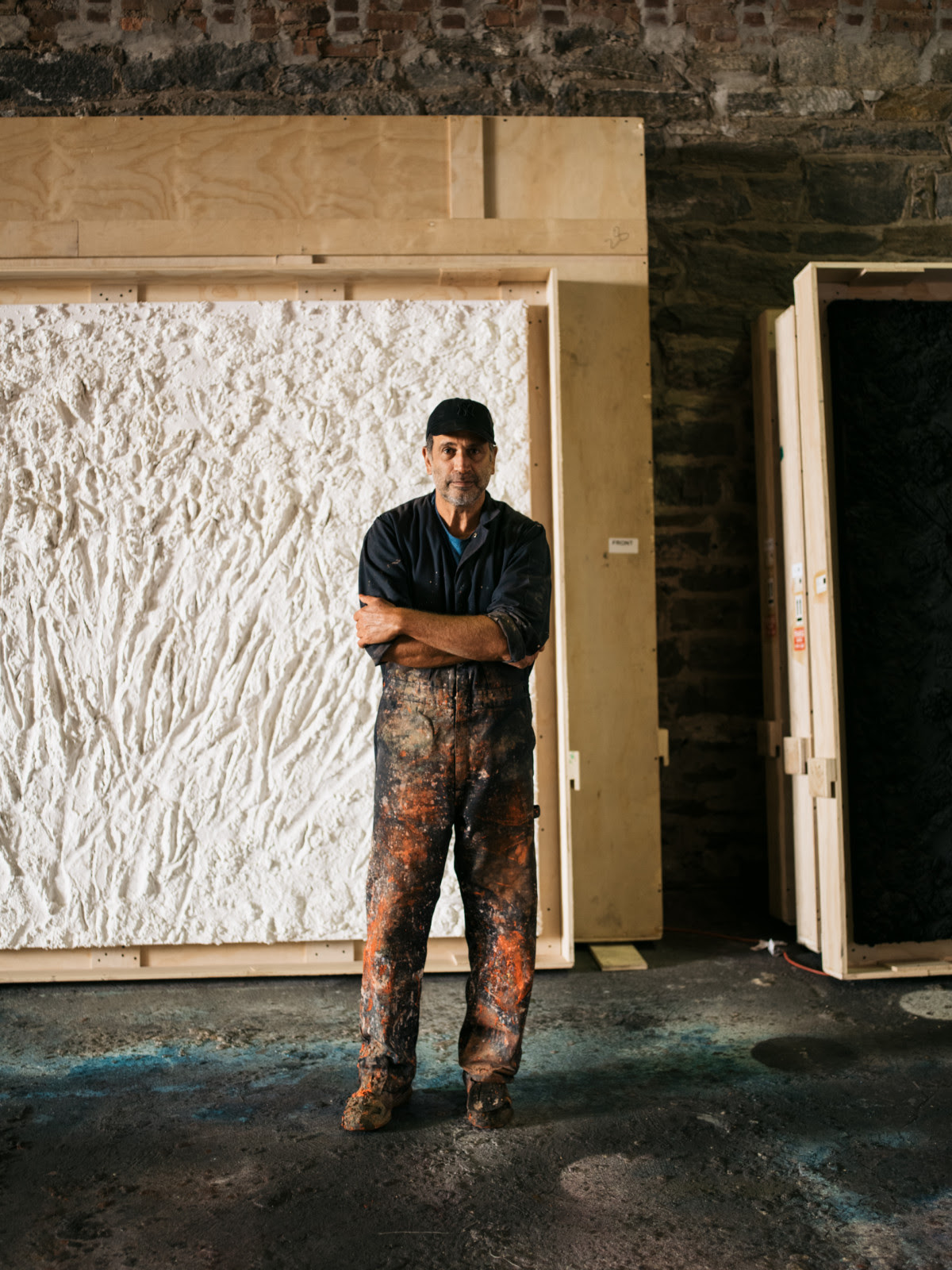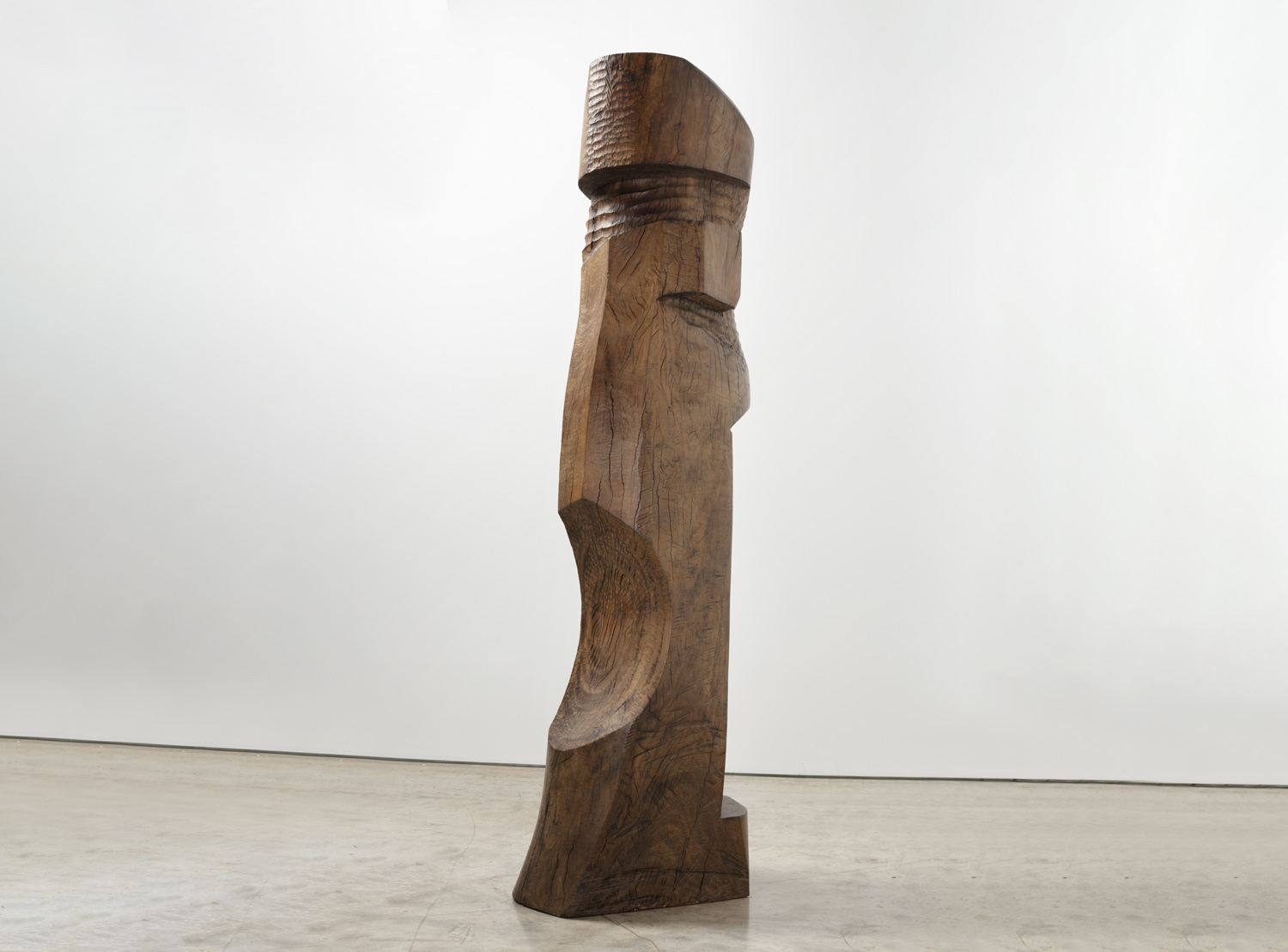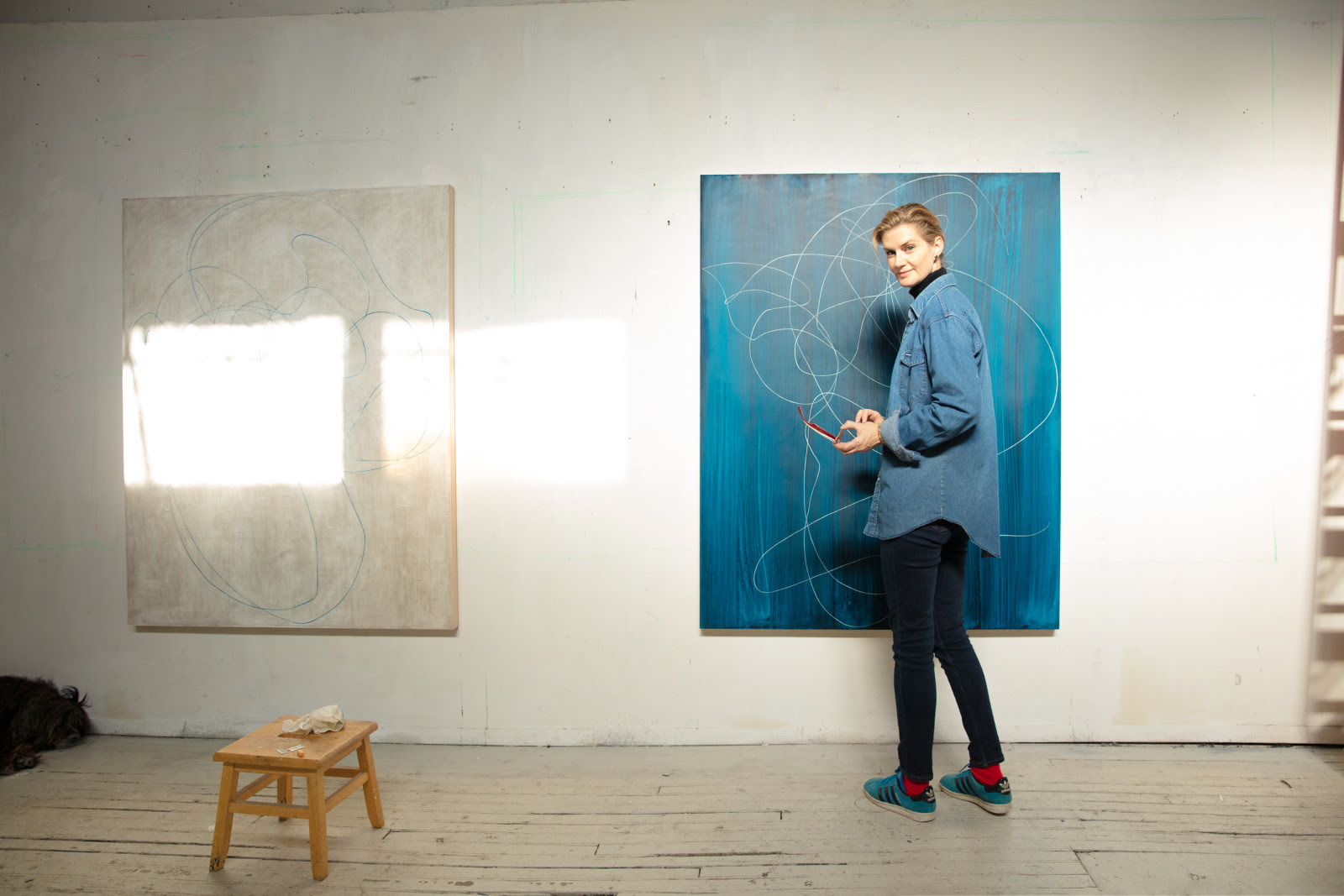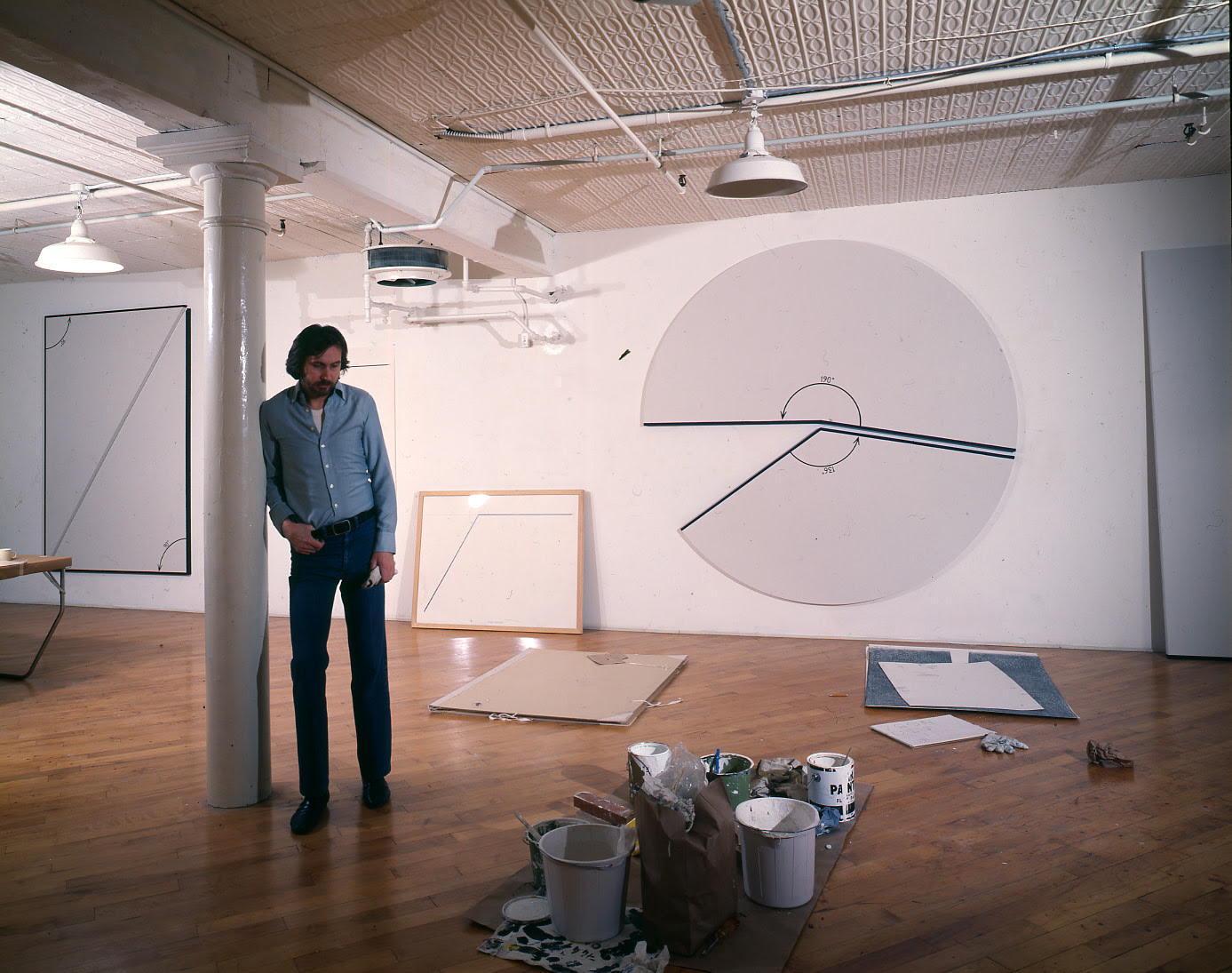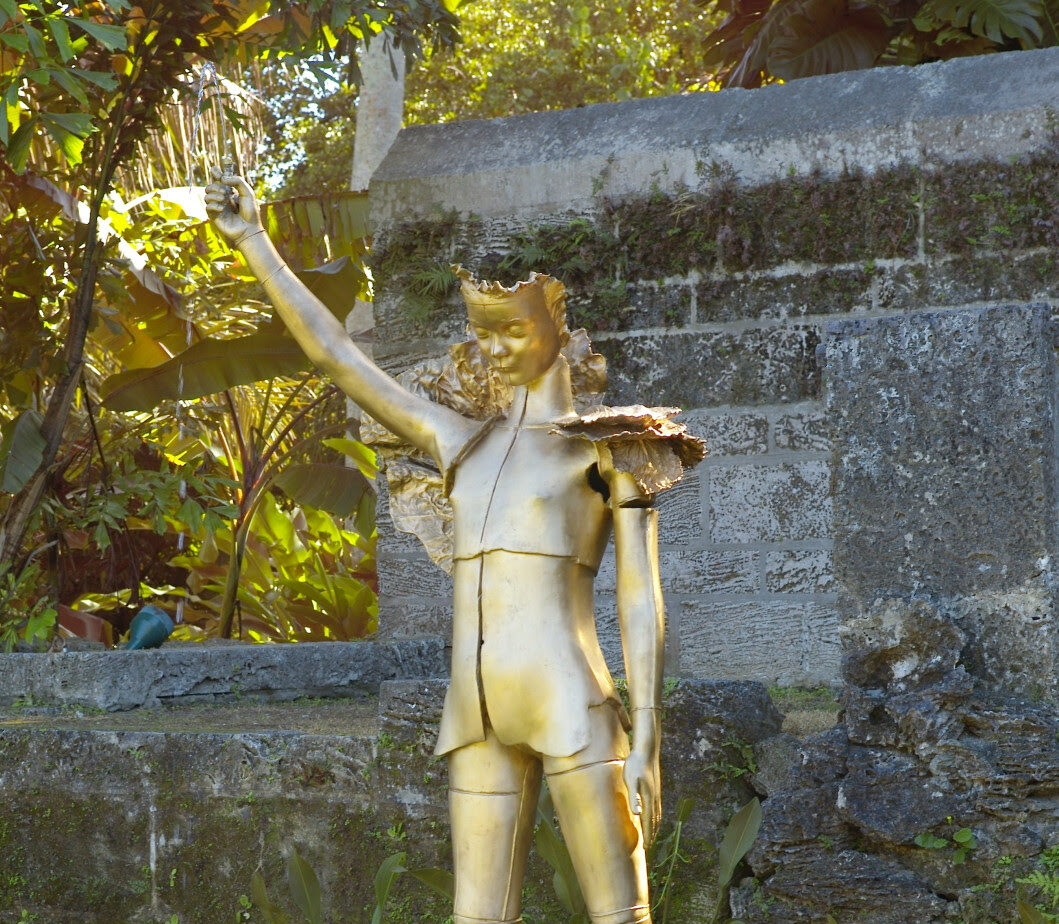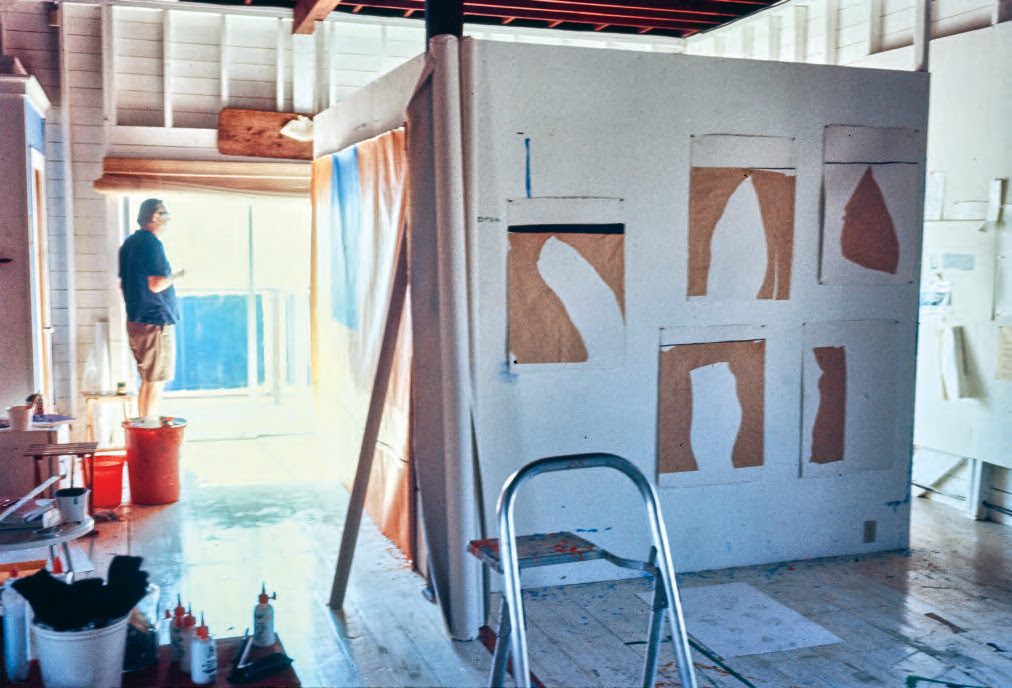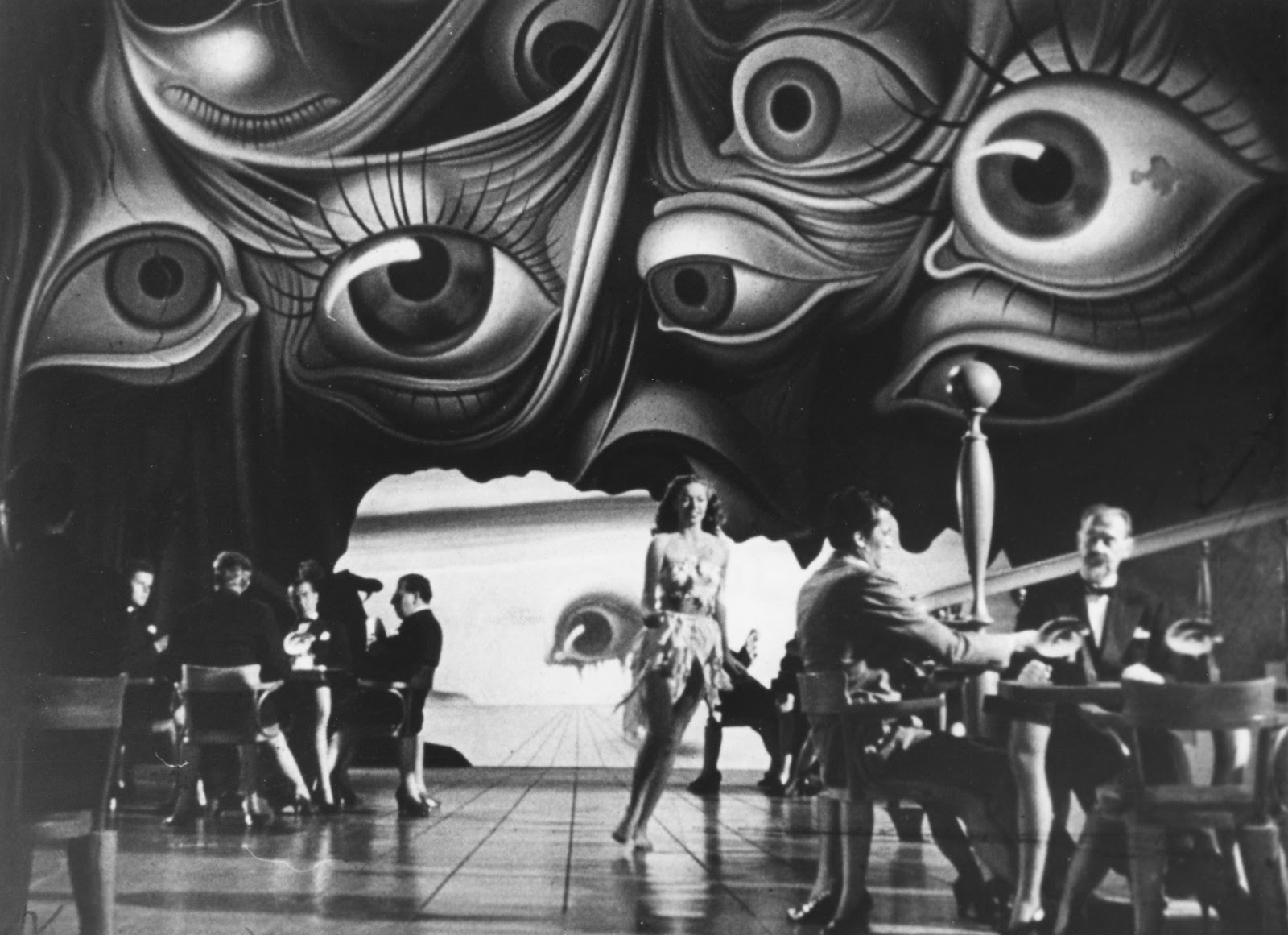On occasional Saturday mornings, Kasmin shares essays and interviews from the gallery archives. Today's essay on Jane Freilicher (1924–2014) was written by poet John Ashbery (1927–2017), a lifelong friend of the artist, and appeared in the 2004 monograph Jane Freilicher, published by Abrams Books. An exhibition exploring Freilicher's still lifes went on view at 297 Tenth Avenue in Spring 2021. Learn more in the accompanying online viewing room.
For almost half a century, Jane Freilicher has often painted the views from her studios in Greenwich Village and Water Mill, Long Island. The more she has focused on them, the greater the variations in individual pictures have been. In this she resembles Giacometti or Morandi, two artists whose fanatical determination to “get it right” resulted in what looked like a narrowness of range but was in fact an expansiveness that could have been arrived at in no other way. The same fields, bouquets, slants of light, views out over water or streets and buildings seem to recur, but it is the tremendous difference in them from picture to picture that entraps and enthralls the viewer.
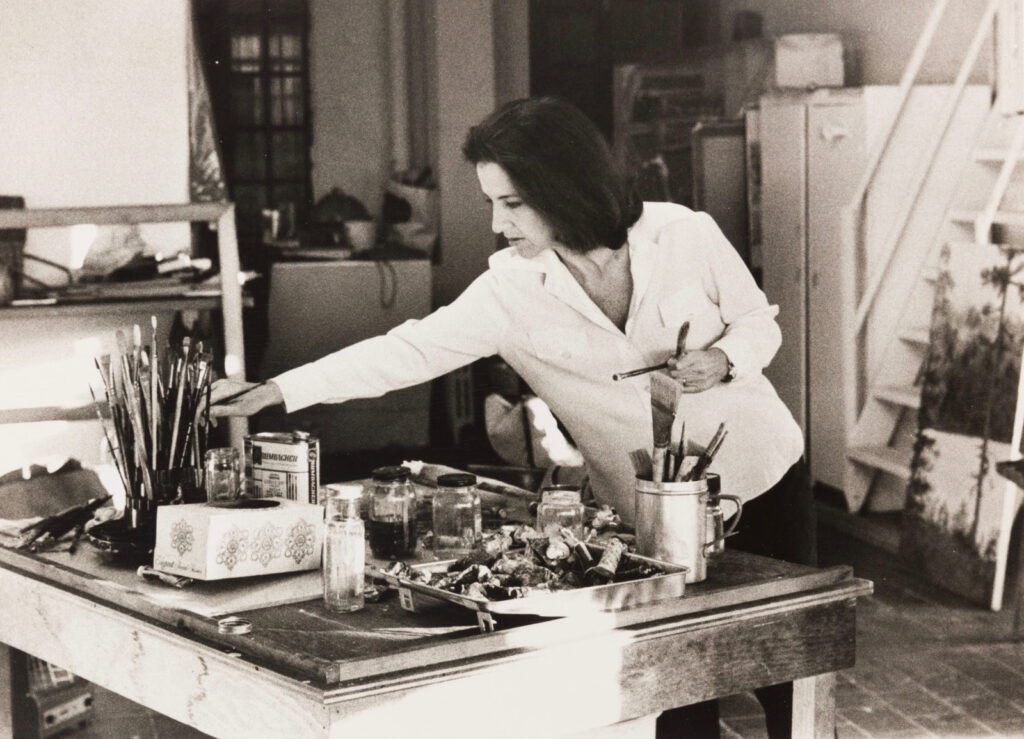
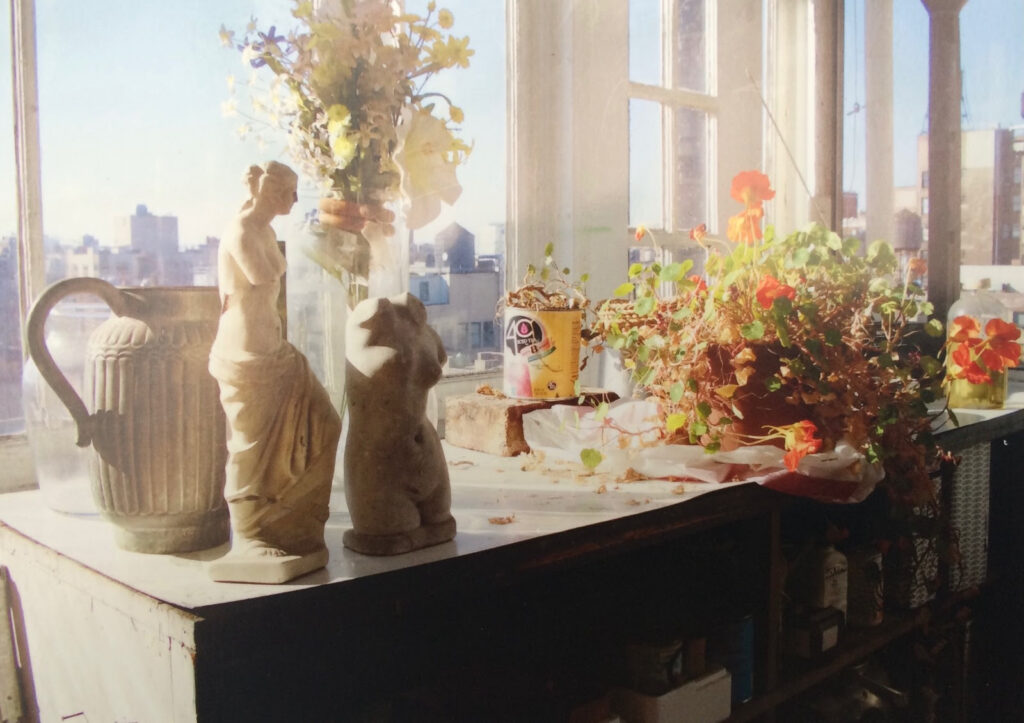
This is because she is able to half-forget the subject at hand and concentrate on the sheer pleasure of moving paint around. As she once remarked to James Schuyler in an interview, “I’m interested in landscape, but there’s a paradox: it’s depressing to get that realistic look: ‘Why, that’s just the way it looks!’ or, ‘I know that time of day.’…Of course a landscape goes on forever but a picture doesn’t. So very soon it has a composition or a form of its own.” [1] She might have said the same of her still lifes, which are often tied to the exterior world by a landscape looming beyond the studio window, or a vase of flowers set on the floor or on the grass outside.
“The same fields, bouquets, slants of light, views out over water or streets and buildings seem to recur, but it is the tremendous difference in them from picture to picture that entraps and enthralls the viewer.”
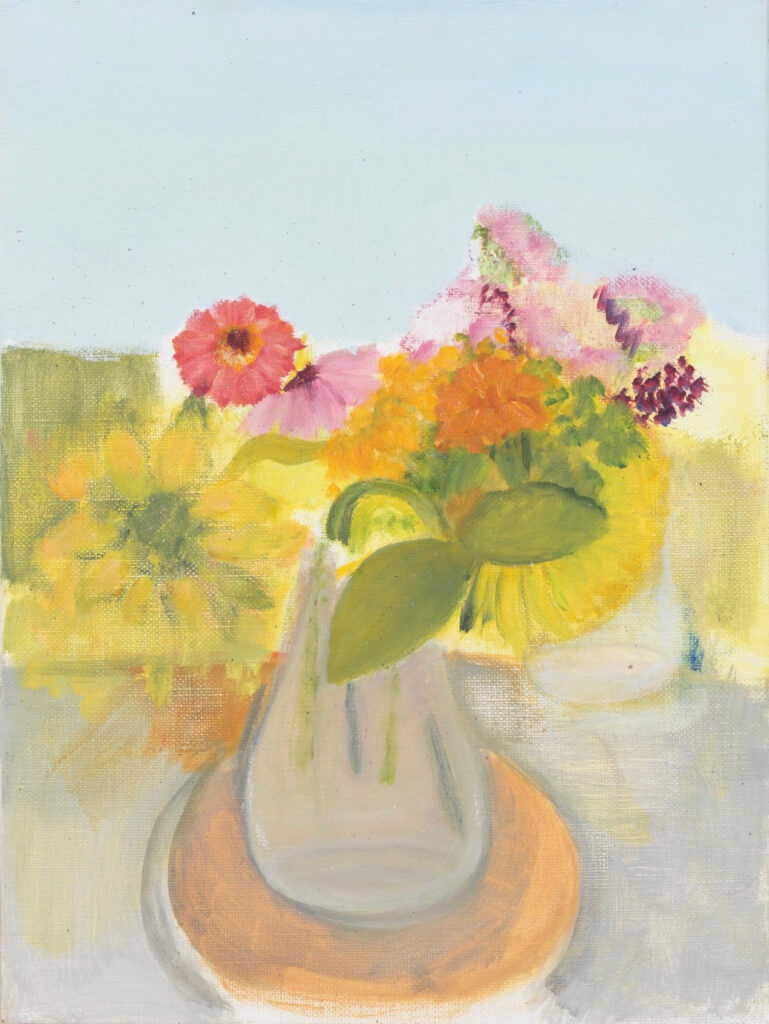
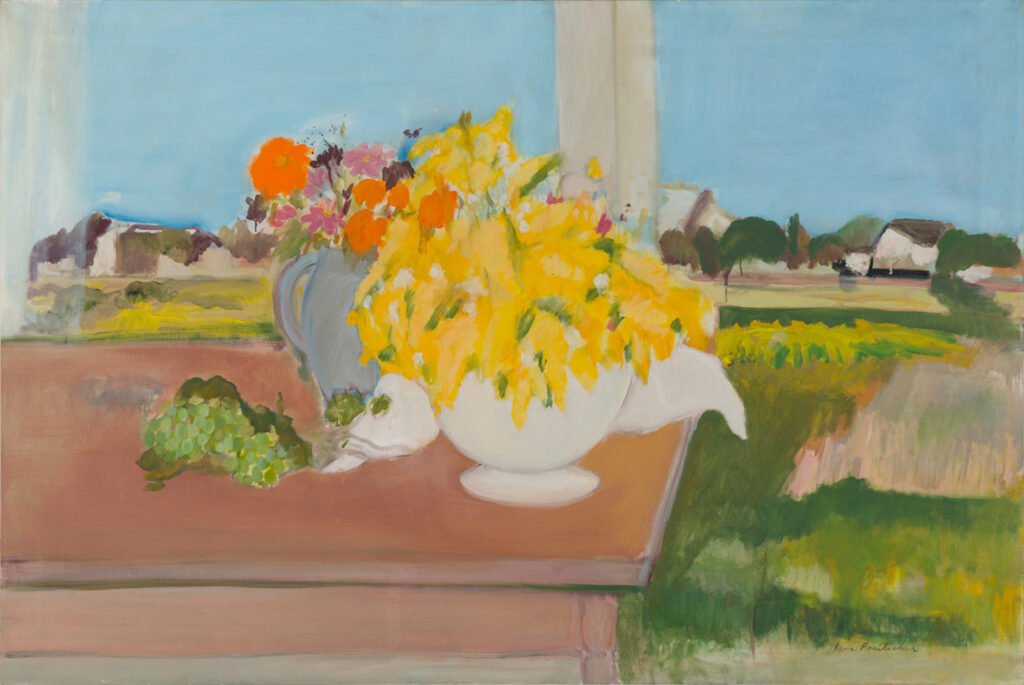
Even a study of a single object can suggest the teaming variousness of a wide prospect. The small 1998 pastel Flowers on a Table is an example. The colors are low-keyed and matte, the surface dry and scumbled. The flowers look tangled with burrs like the coat of an old sheepdog. What one notices most is a board projecting from the side of the table. What is it doing there? It doesn’t look like a table-leaf or any other feature of this nondescript piece of furniture, yet the painter insists on it as though it were as important as the bouquet and its brown earthenware jar. It belongs because she noticed it, like the trailers in a corner of the 2001-02 Landscape with Construction Site. They occur because the idyllic field next door is about to be dug up to make room for another bloated Hamptons McMansion, yet, as critic Alex Ross has pointed out, there is nothing judgmental in this: Freilicher paints what is there because it’s what is there. Nature is both pretty and ugly, and it happens to include backhoes as well as jacaranda trees. One thinks of the Comtesse de Noailles’s injunction to her maid before Vuillard arrived to paint her in her bed: “Hide that tube of Vaseline! M. Vuillard paints everything he sees.”
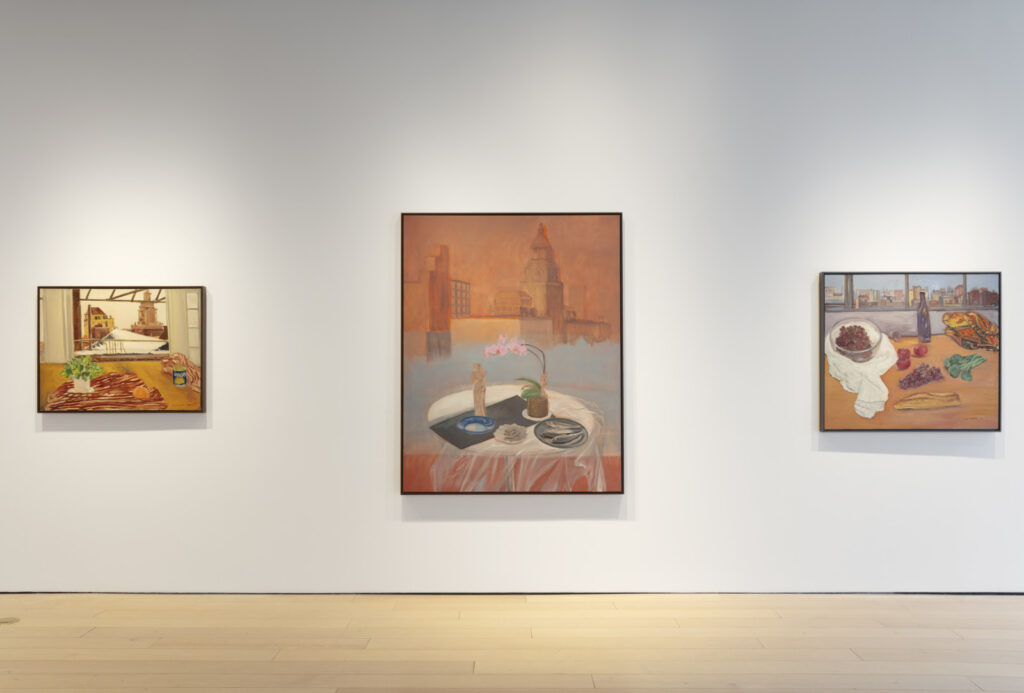
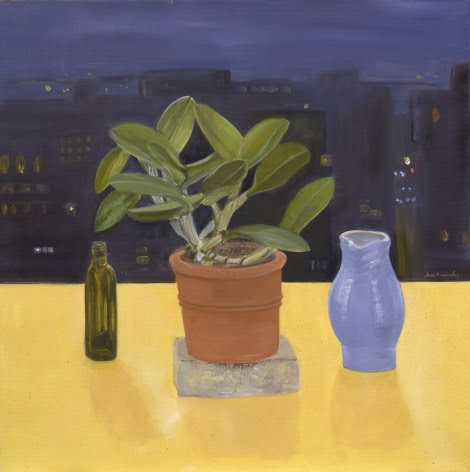
An amazing contrast to this casual, almost fuzzy picture is the 1997 still life At Night. A terra-cotta planter containing a leathery green plant is placed at the exact center of the canvas on a rectangular base that looks like a gray brick. On either side, equidistant from it, are a blue pitcher and a dark bottle (a medicine bottle?). The tabletop on which they rest is painted a warm, unvariegated yellow. Its farther edge traverses all three containers; behind is a dark urban sky with only a few lights picked out here and there. This hieratic group accosts the viewer. There is something almost frightening in its symmetry, in the fierce contrast between the shining tabletop and the murky, uncertain night scene beyond. The effect is hallucinatory, as when familiar surroundings are viewed through drug-induced anxiety. Yet at the same time it is serene and lovely; the objects are perhaps merely affirming their status as objects on a table, after all.
New York and the changing skies above it have long been a backdrop in Freilicher’s paintings. In 1954 her studio was a cramped tenement apartment in the far East Village; one of the most haunting pictures from that period is a still life of a vase of irises on a window sill with a rather sinister cityscape behind it culminating in a power plant whose smokestacks are belching black vapor into the moist, early-spring evening sky.
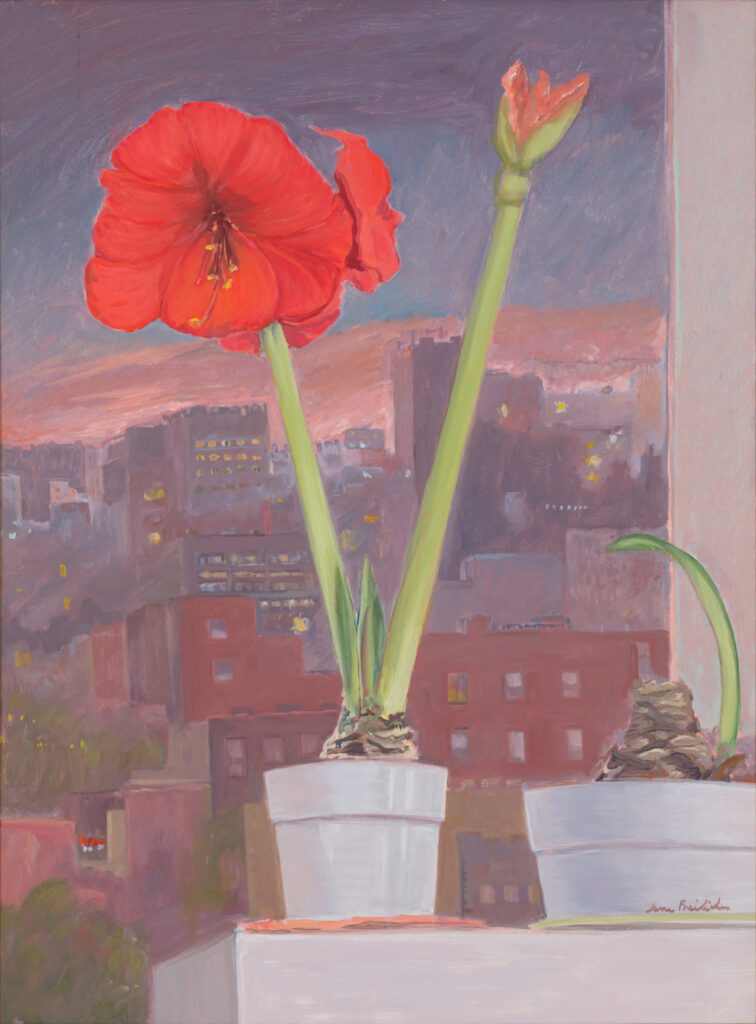
A recent painting, the 2001 Afternoon in the City, continues the mood of ambiguous, Baudelairean homage to Manhattan. This is the view from her present studio, which overlooks the West Village, though there are no obvious landmarks: it could be almost anywhere in any city. One telltale detail is the water tower with its conical hat, which is such a common sight in New York that one barely registers it. Do other cities use this system of storing water on the roofs of buildings? I don’t remember seeing them elsewhere, and have heard European visitors commenting on them, not altogether favorably. To New Yorkers, I suspect, they seem beautiful, perhaps just because they are part of one’s daily environment.
“Freilicher paints what is there because it’s what is there. Nature is both pretty and ugly, and it happens to include backhoes as well as jacaranda trees. One thinks of the Comtesse de Noailles’s injunction to her maid before Vuillard arrived to paint her in her bed: ‘Hide that tube of Vaseline! M. Vuillard paints everything he sees.'”
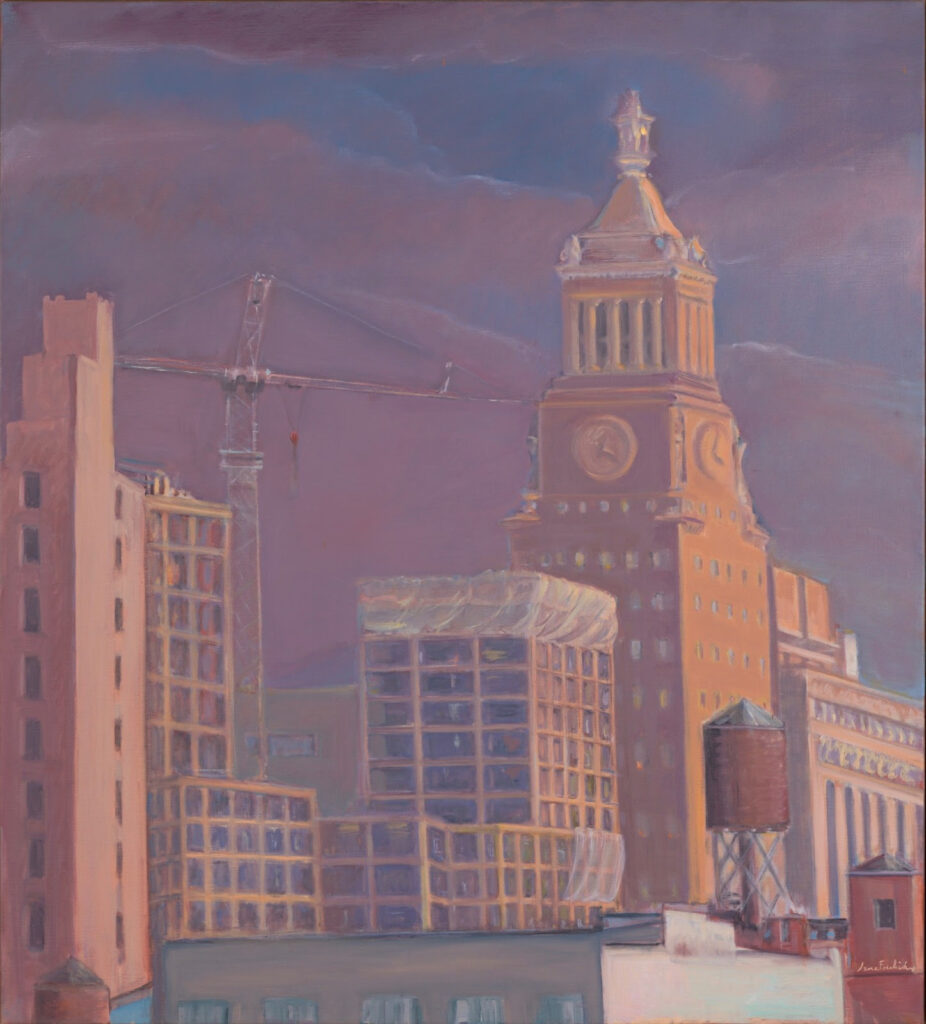
The pathos and grandeur of this small painting, 12 by 14 inches, are extraordinary. I’m not sure if it was painted before or after September 11, 2001, but the vulnerability that moves us now when we look at the city’s skyline is certainly there. Perhaps it was always this way. New York is after all an aggregate of people and buildings that just go on and on until they stop. The hushed moment enshrined here is the product of infinite works and days and the compounds thereof that constitute a life. De Chirico summed it up beautifully in a passage in his novel Hebdomeros (translation mine):
“The noise died away; the wind held its breath, the curtains that had billowed romantically at the open windows fell back like flags that the wind no longer lifts. Men in shirt-sleeves, who had been playing billiards, suddenly stopped playing as though a great weariness had overtaken them, a weariness for their past life and for the years that still awaited them, with their procession of sad or smiling hours, or simply neutral ones, neither sad nor smiling, just hours, in a word!”
The very rich hours that Jane Freilicher carefully celebrates are hours like those.
